
The first days of our Tohoku trip were spent at the Pacific side of the country. The second part of our road trip however led us back into the inner parts of the country, to the prefecture of Yamagata. This prefecture is known for its agricultural products, especially cherries, great hot springs, an overall rural flair and scenic beauty. It offers a totally different atmosphere and it felt quite remote, compared to the vibrant areas of Miyagi that we visited. But, we really enjoyed our time there, especially as this prefecture offers lots of great scenic spots where you can hike!
Yamagata’s most famous place: Ginzan onsen
We entered Yamgata Prefecture from the east side: after having visited the Tsunami museum we drove along a curvy and mysterious mountain road, that took us deep into a magical forests (suddenly, fog was everywhere! It was really crazy). We could feel the transition from the seaside area to the rural mountain area very well. The whole drive took us much longer than we thought but we didn’t mind, as the view was spectacular.
Our first destination in Yamagata was Ginzan Onsen. The small hot spring town’s name means “Silver Mountain Hot Spring”, referring to the origins of the area that has been developed around a silver mine. Nowadays, it has gained fame as one of Japan’s prettiest onsen towns with many historic ryokan lined up along the river.
 It’s such a pretty view, even when the weather is not the best
It’s such a pretty view, even when the weather is not the best
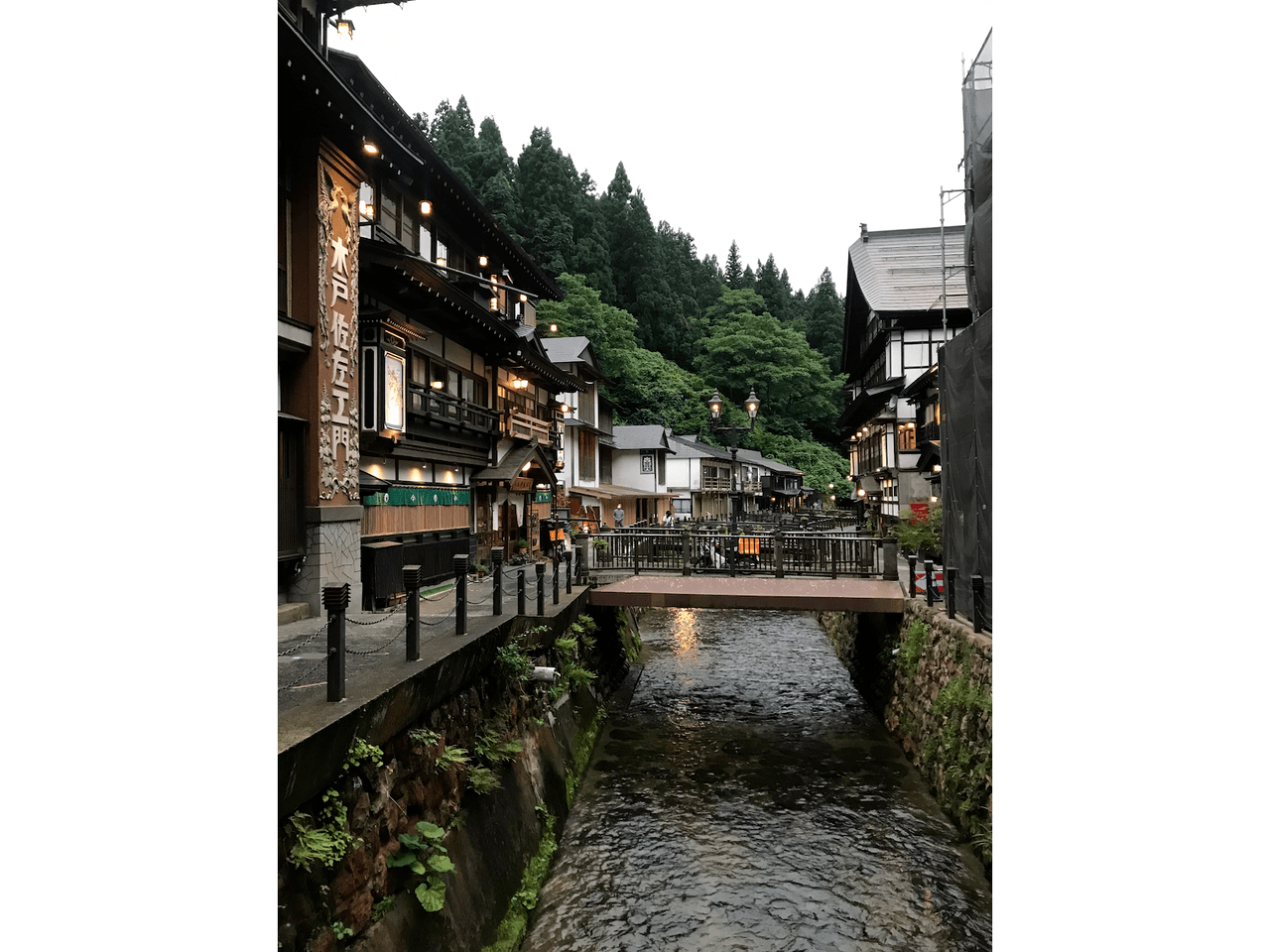
You can find lots of three or four story wooden buildings along the river that evoke nostalgic feelings of a long gone era. The town center is a pedestrian-only zone due to the narrow streets and you won’t find any parking spot. We only stayed for a short while and were really lucky as we arrived just in time for sunset and twilight, which is one of the best times of the day to visit Ginzan Onsen. Due to the beautiful street lights, looks incredibly pretty and you can watch many guests of the Ryokans walking around in their traditional clothes.
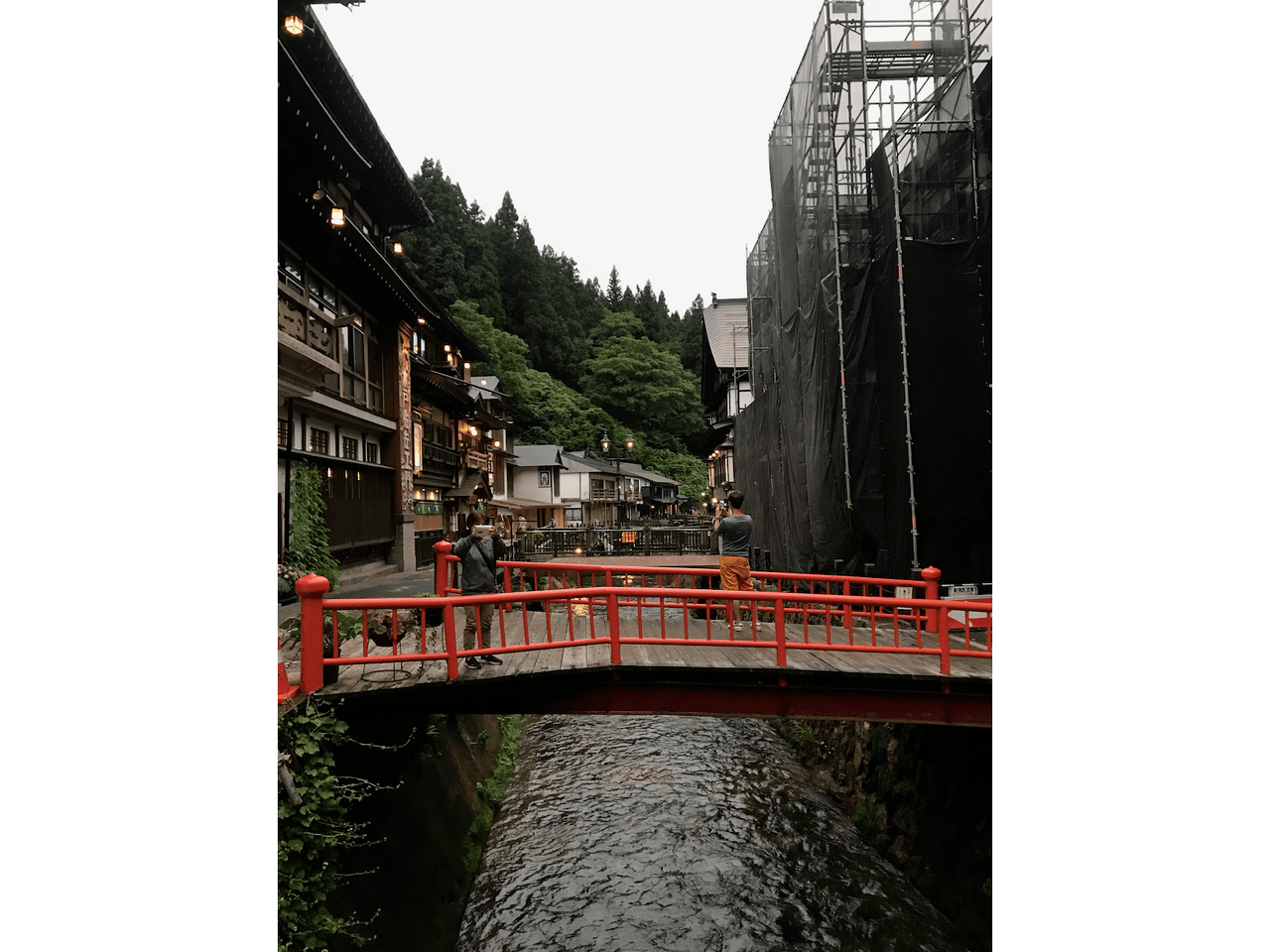
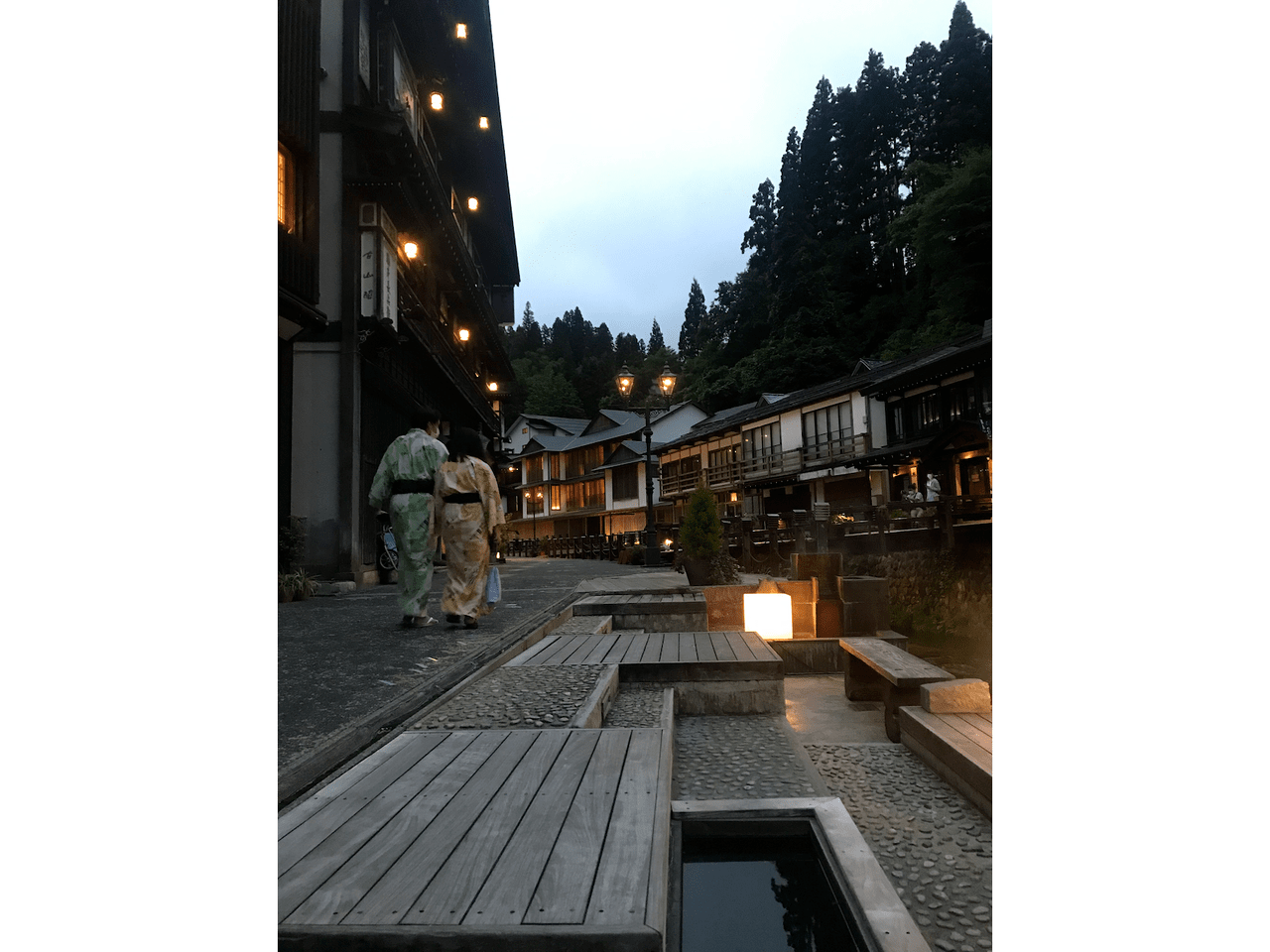 Hotel guests during their evening stroll
Hotel guests during their evening stroll
During the day, you can visit several public bath houses but as they were already closed when we arrived, we just took a small dip in the public foot bath (very hot by the way), before we drove to our hotel.
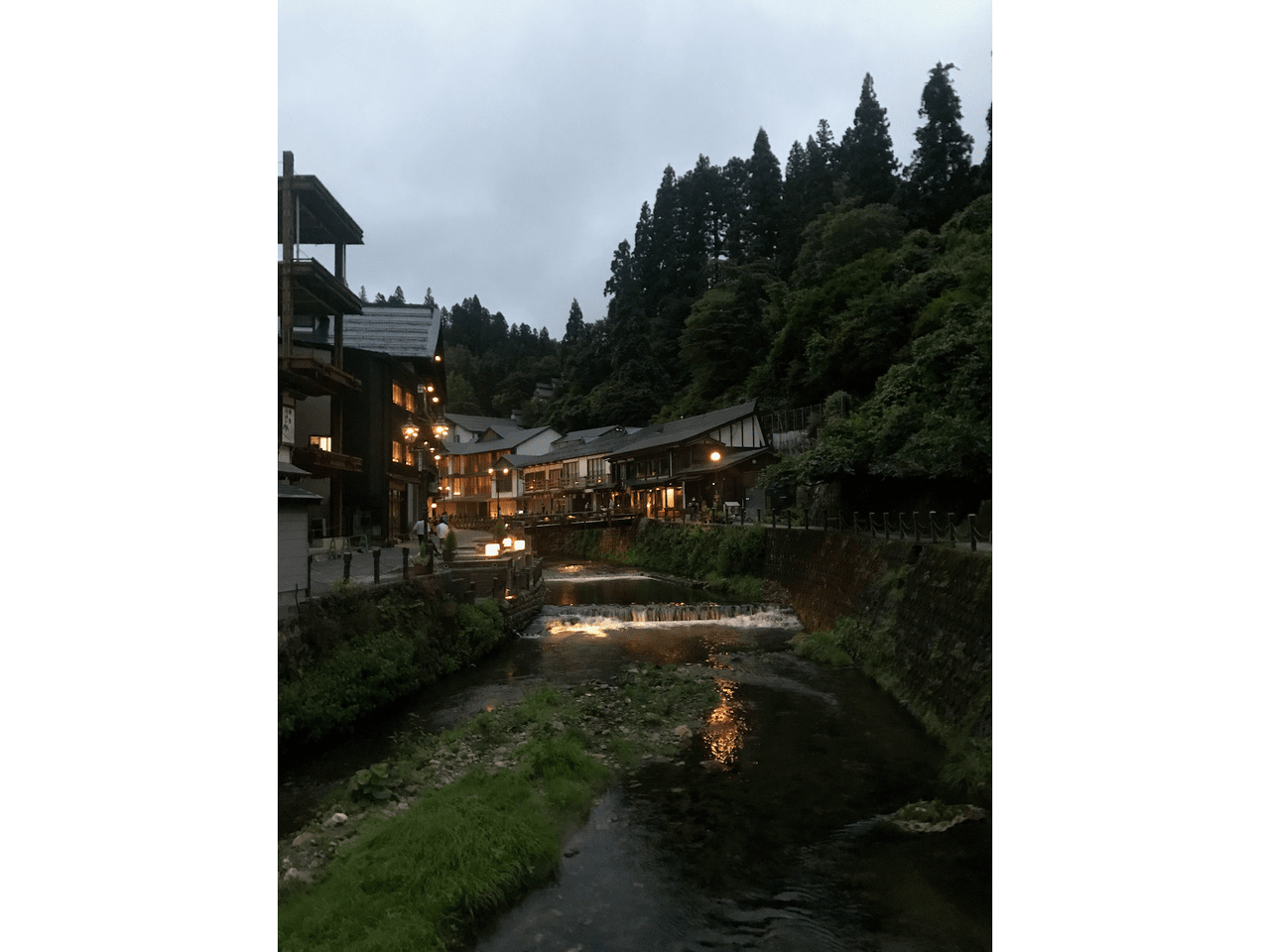
We chose to stay in Yamagata City due to its closeness to our next destination.
Hiking trip to Zao Onsen
I was really looking forward to our hiking adventure on Mount Zao: Rising over 1,800 meters, this mountain range is located on the border between the Yamagata and Miyagi prefecture. It is said to be one of the area’s most sacred power spots. Due to its volcanic activities, this area also features many great hot spring towns, such as Zao Onsen, a small village where we started our tour. We wanted to see the volcanic crater lake Okama that is located next to Mount Kattadake (1758m), the peak of the mountain range.
We used the Zao Ropeway to reach the top station at 1661 m above sea level.
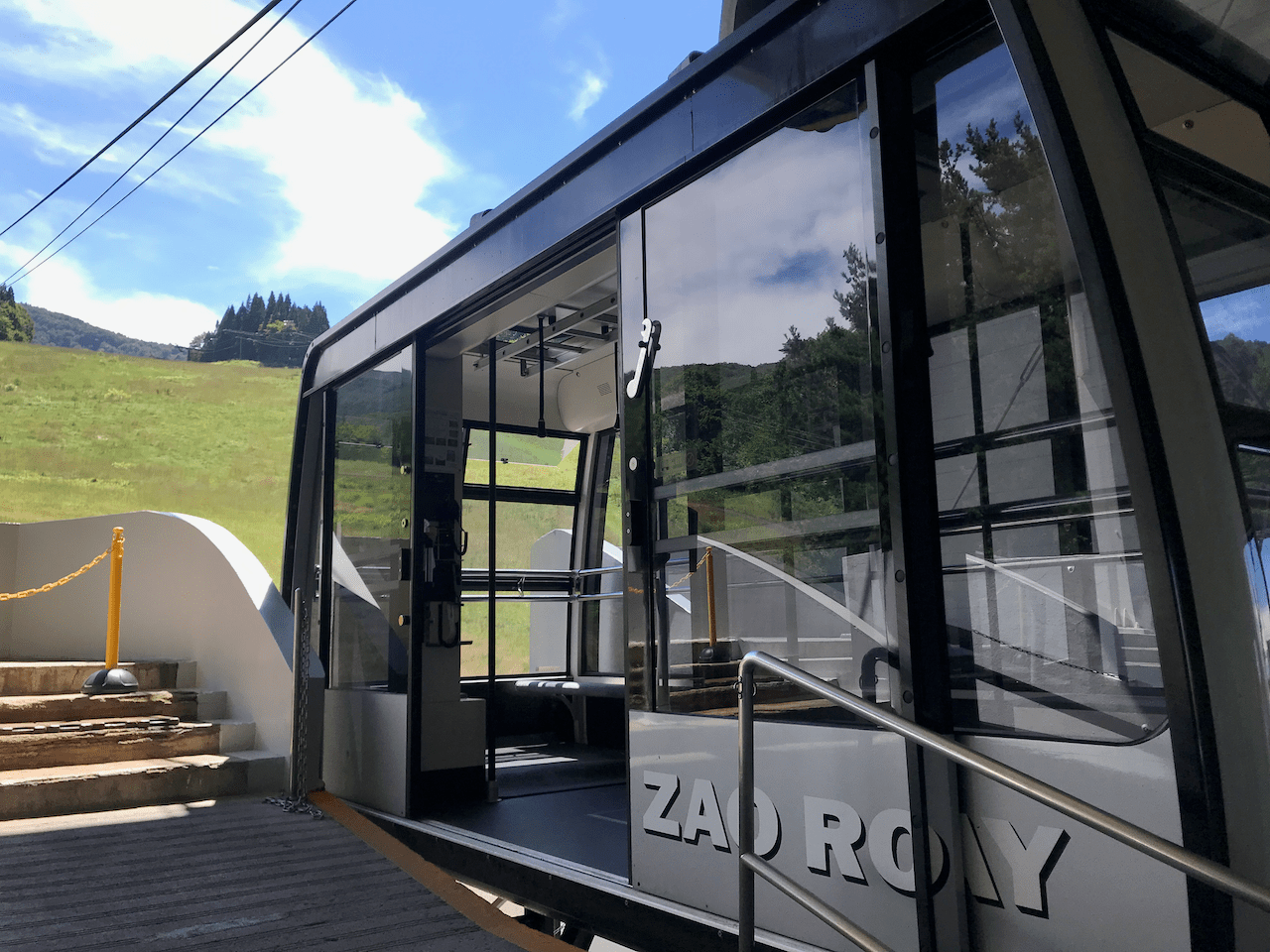 Modern gondola
Modern gondola
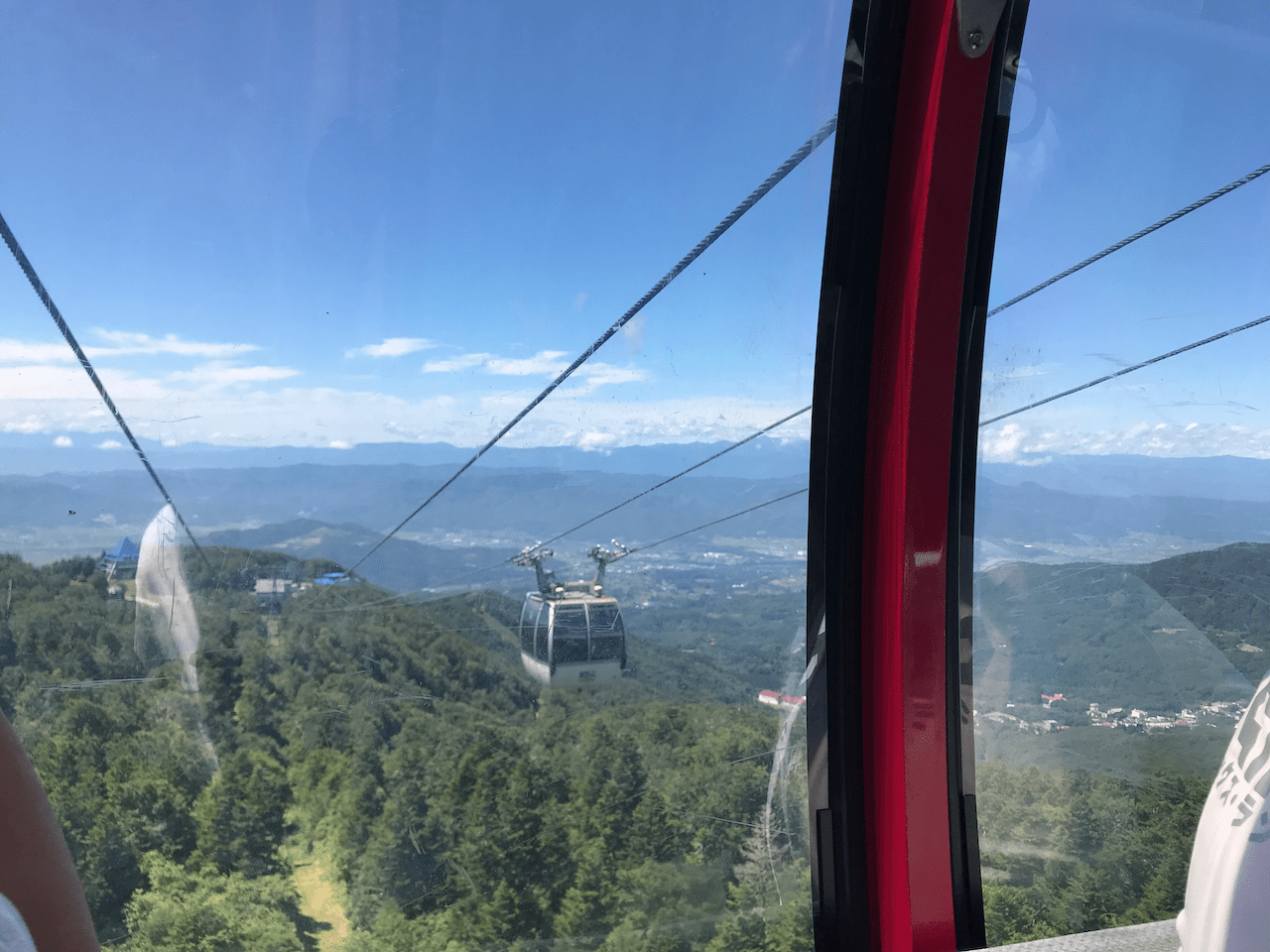
The weather was really great on that day, so we had a beautiful panorama view while traveling to the top.
 Perfect view
Perfect view
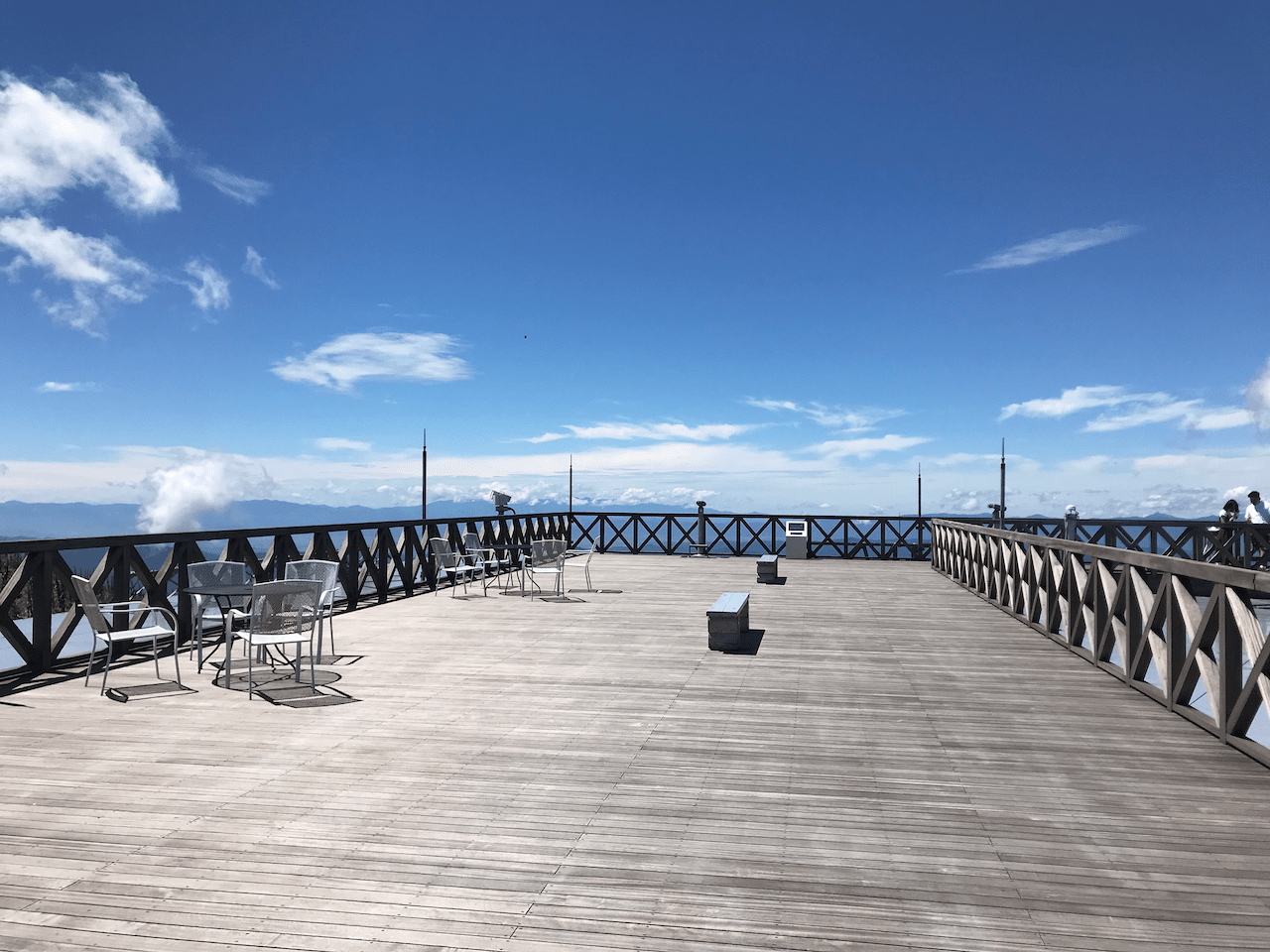 At the top station, you can also find an observatory deck with great views
At the top station, you can also find an observatory deck with great views
Zao Onsen is also a very popular winter sports area, offering many slopes and lots of snow in the winter. A speciality are the “snow monsters” or Juhyo: This happens because of special atmospheric conditions: from late December to mid-march, harsh Siberian winds travel across the North Japan sea and the western plains of Yamagata. These freezing winds drop two to three meters of snow on the ground and freeze the snow that accumulated on the trees. This is called the juhyo effect: a sustained cycle of ice accumulation that changes the scrubby fir trees into towering surreal lookin monsters of snow and ice.
Of course, we couldn’t see the snow monsters but we saw the trees that will be transformed again this winter.
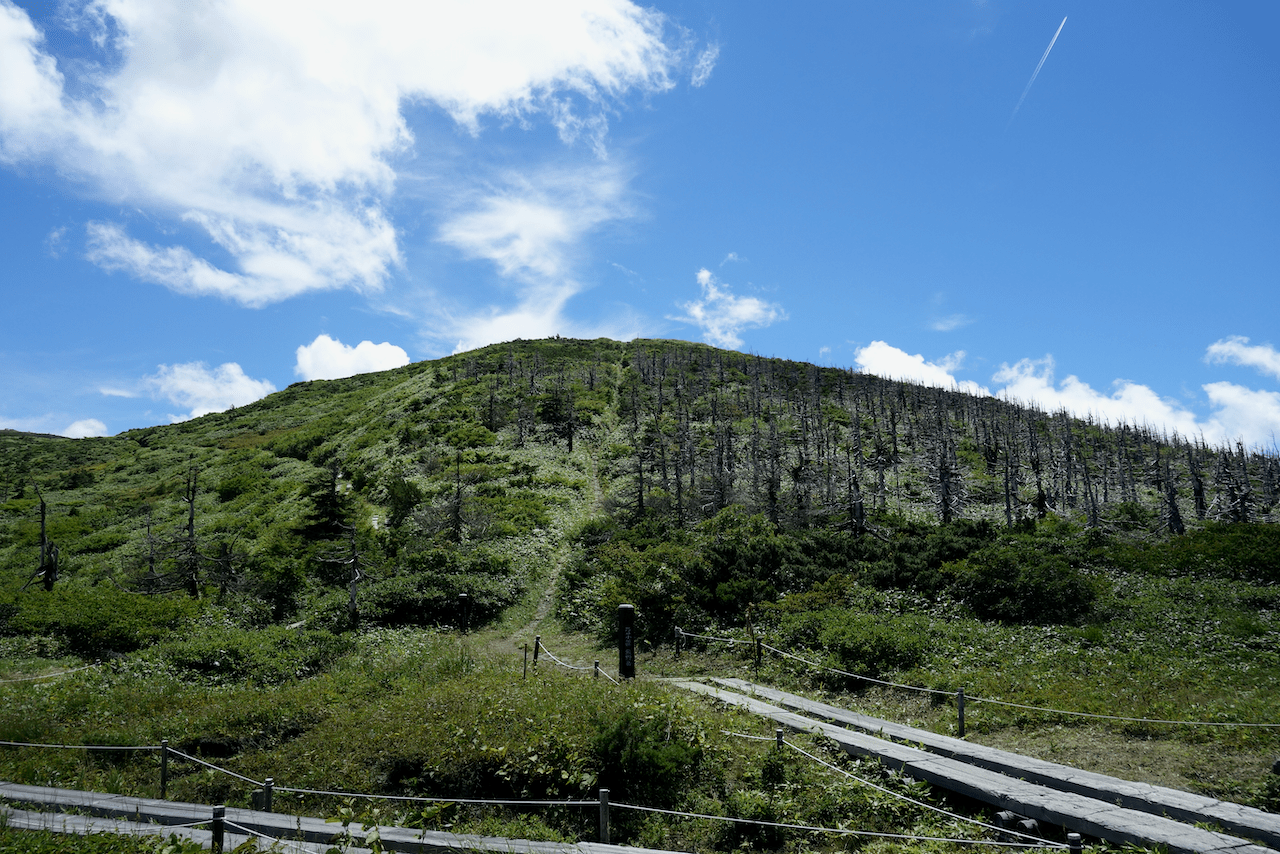 Strange to imagine that those trees will become big snow monster in winter
Strange to imagine that those trees will become big snow monster in winter
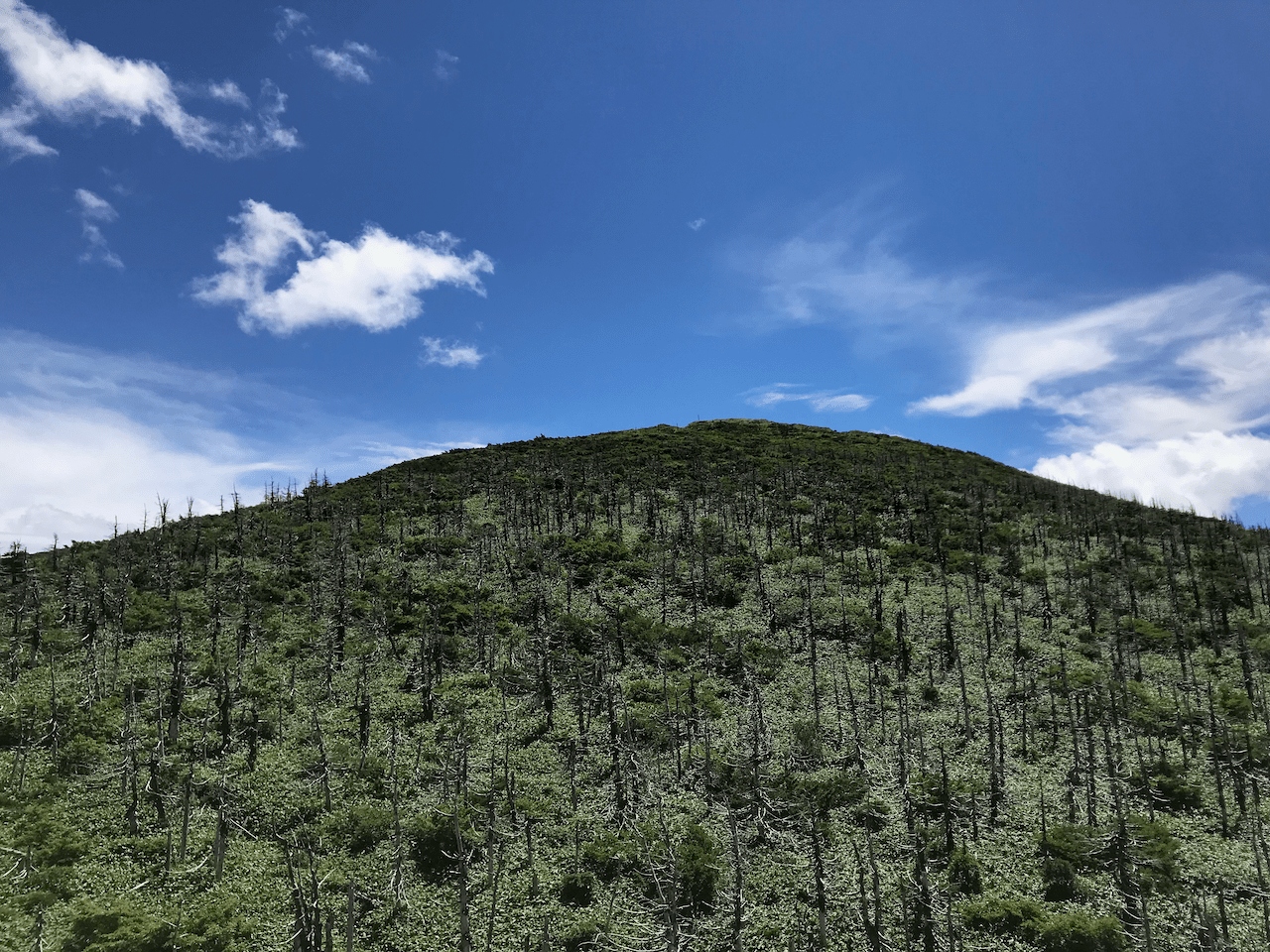
From the top station we hiked for about one hour to reach the summit of Mount Kattadake.
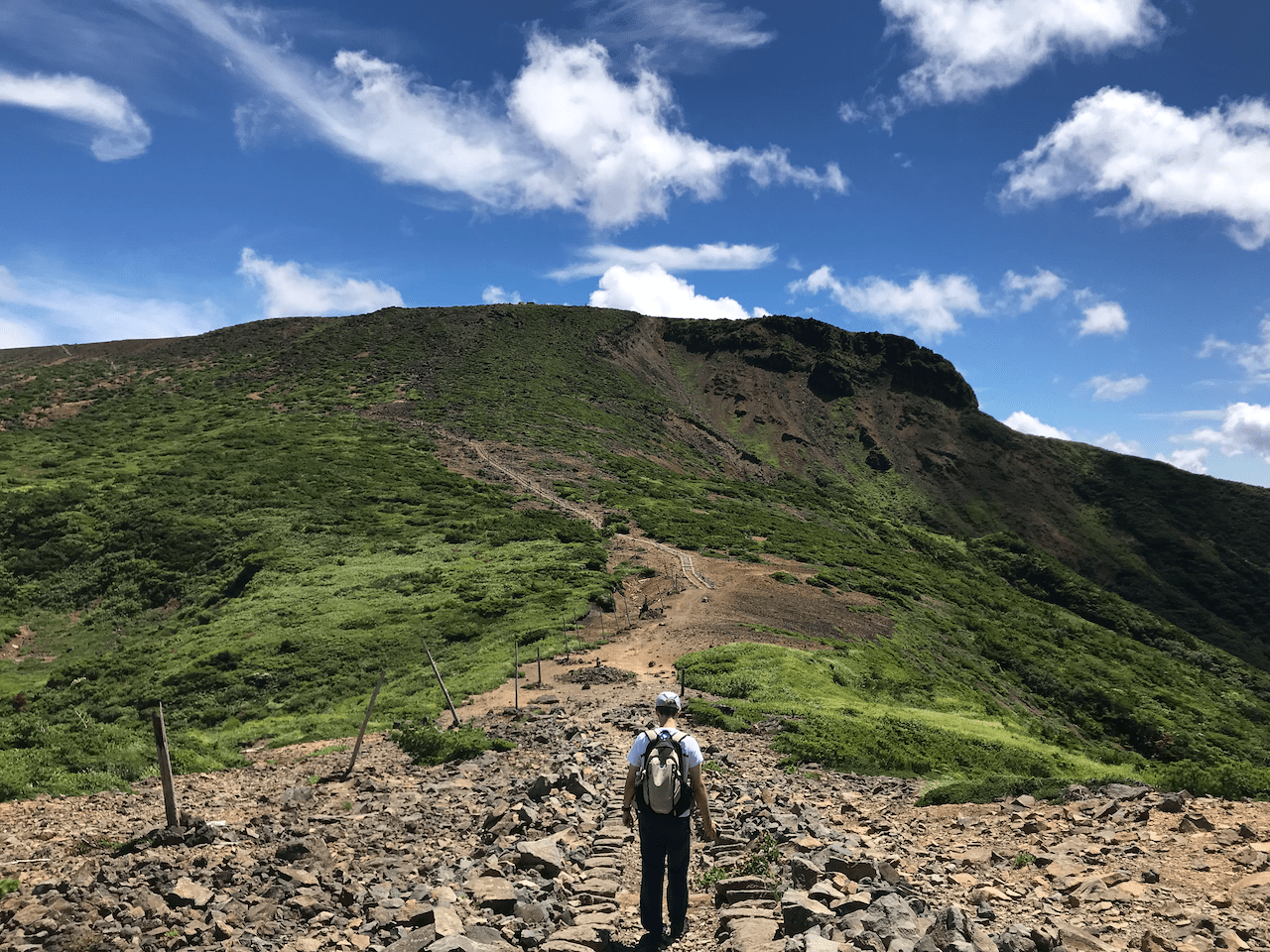
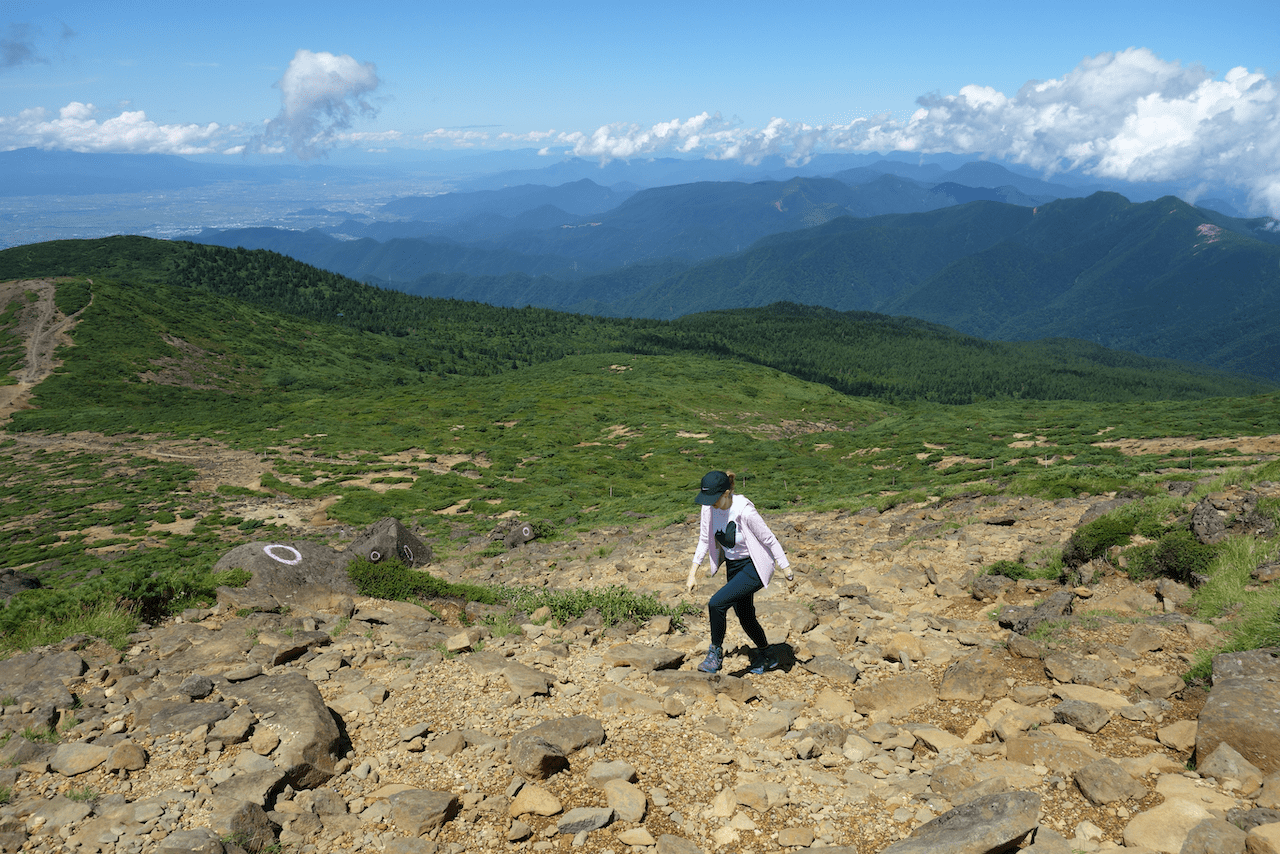
The hike was not too difficult except for the last part, where had to climb or lots of rocks to reach the summit.
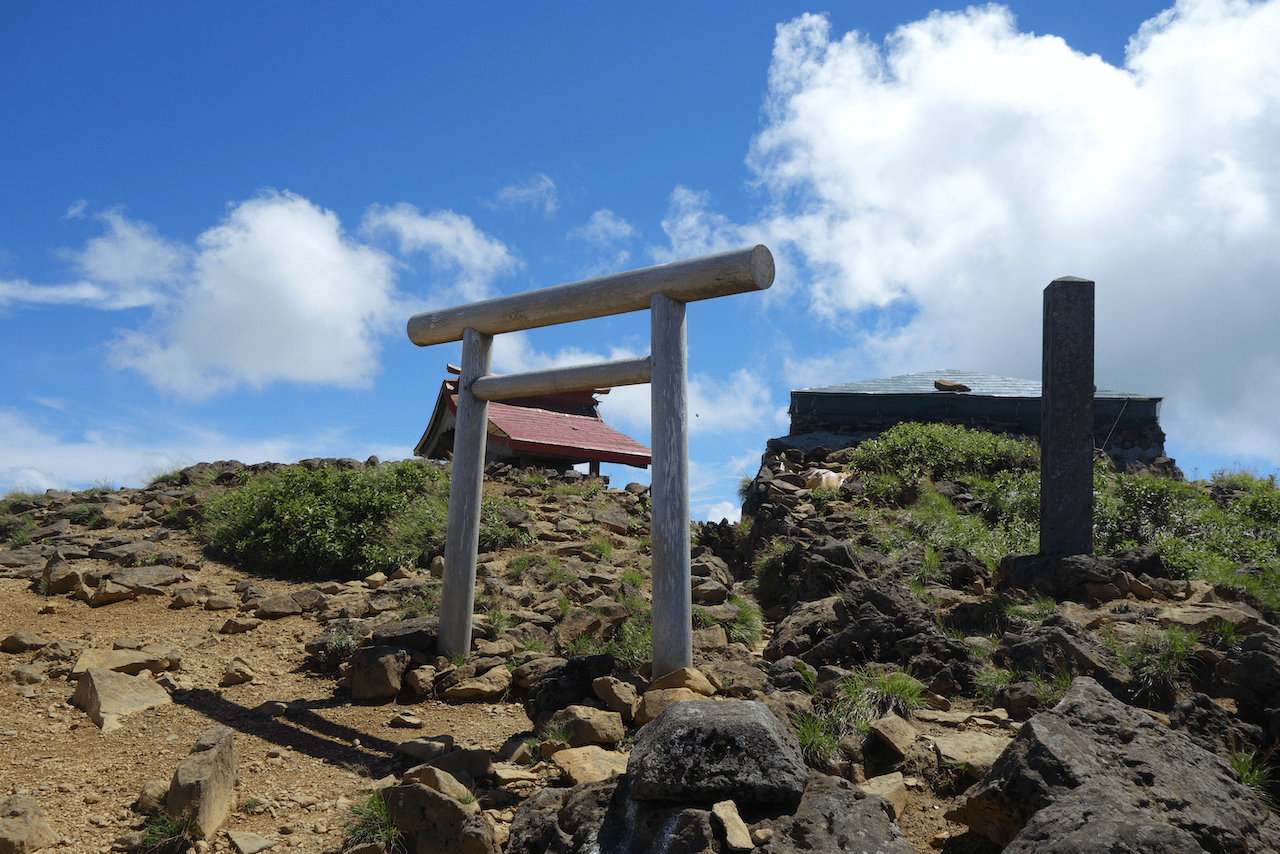 Shrine at the summit
Shrine at the summit
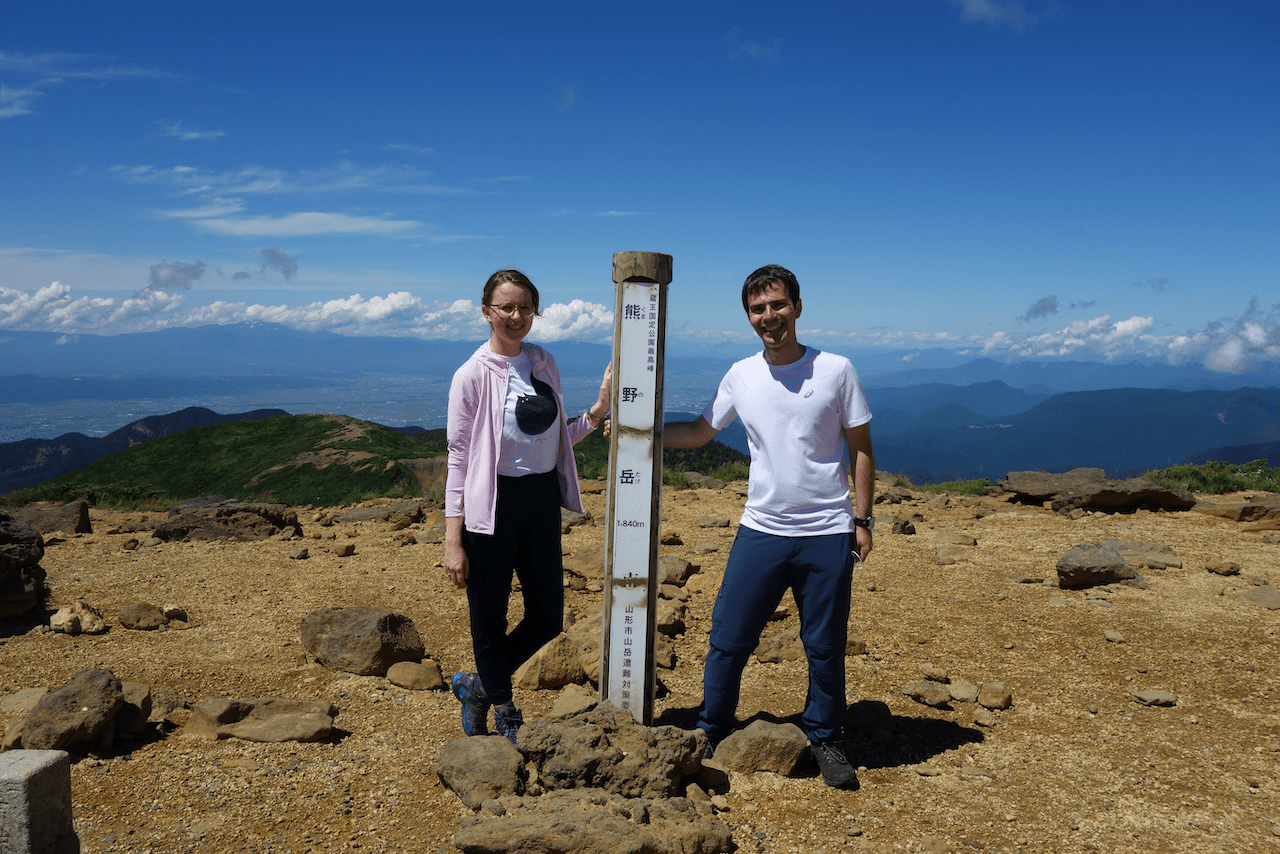 Happy!
Happy!
From the top, we followed a stony path until we finally reached the crater of the volcano and the green/blue water of the lake became visible. It was a stunning view!
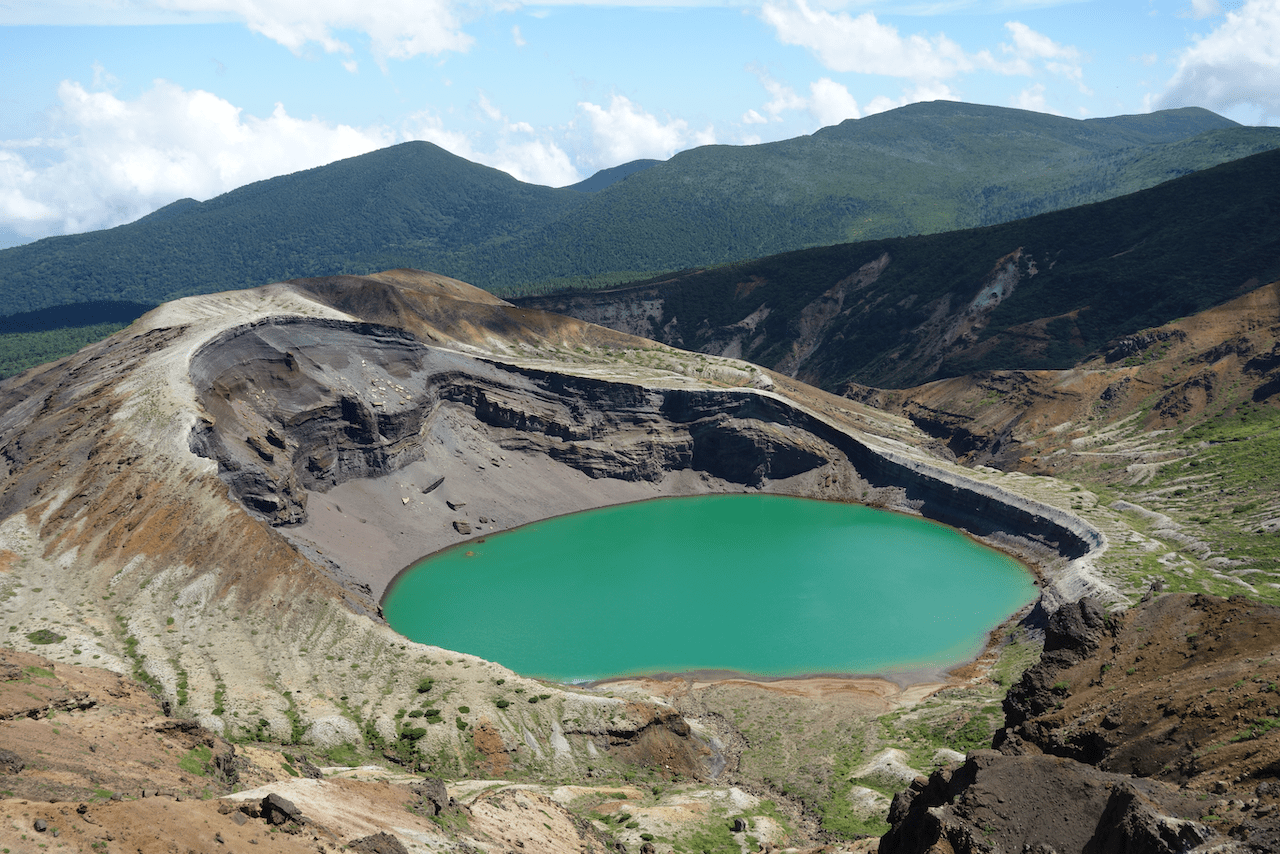 This is not digitally altered!
This is not digitally altered!
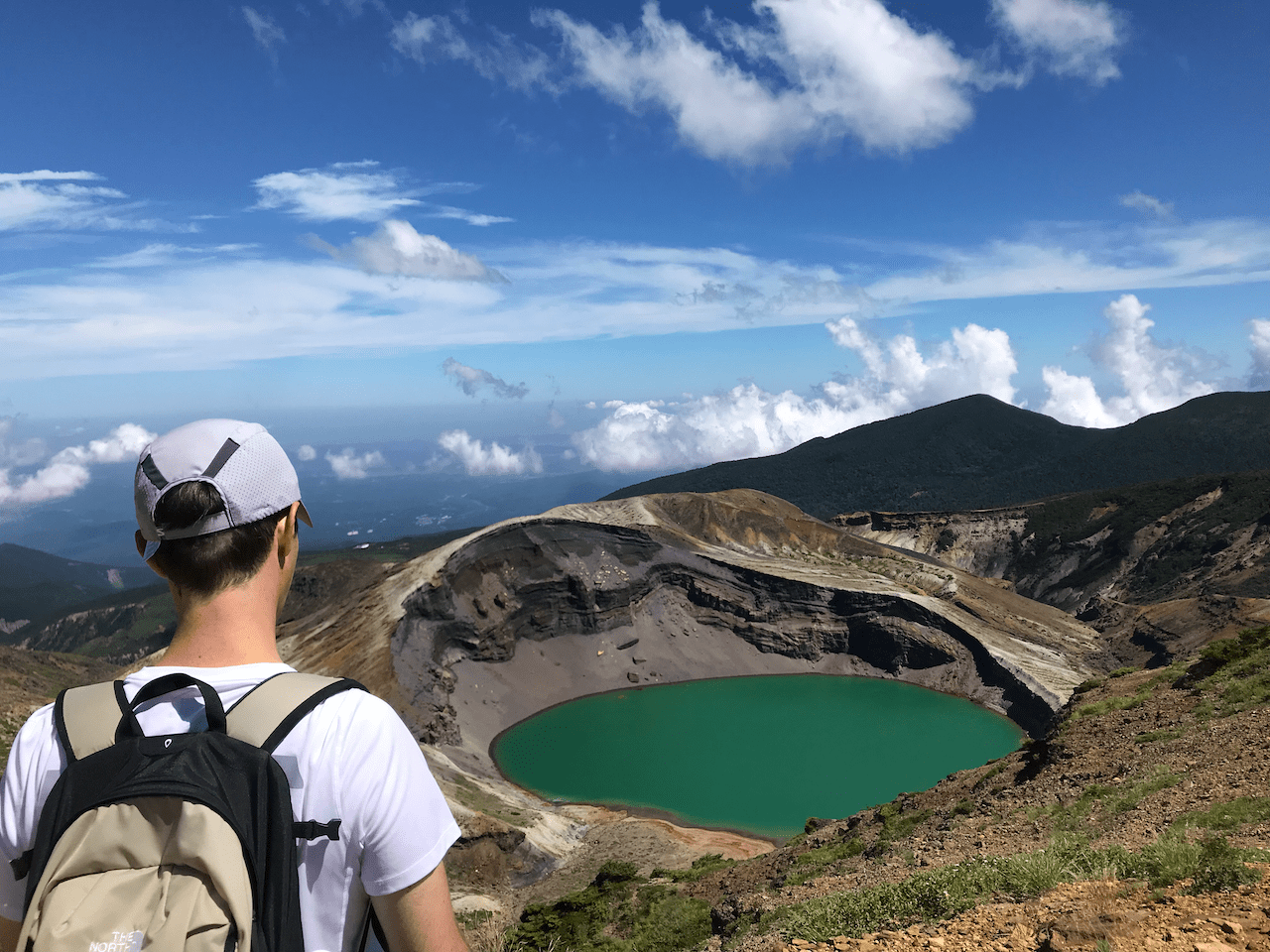
As it’s a still active volcano, there were lots of warning signs and also emergency huts where you could evacuate to in case things got dangerous. Lucky for us, nothing was happening and we could enjoy a break that the border of the crater, watching the beautiful colors of the lake while enjoying a sandwich.
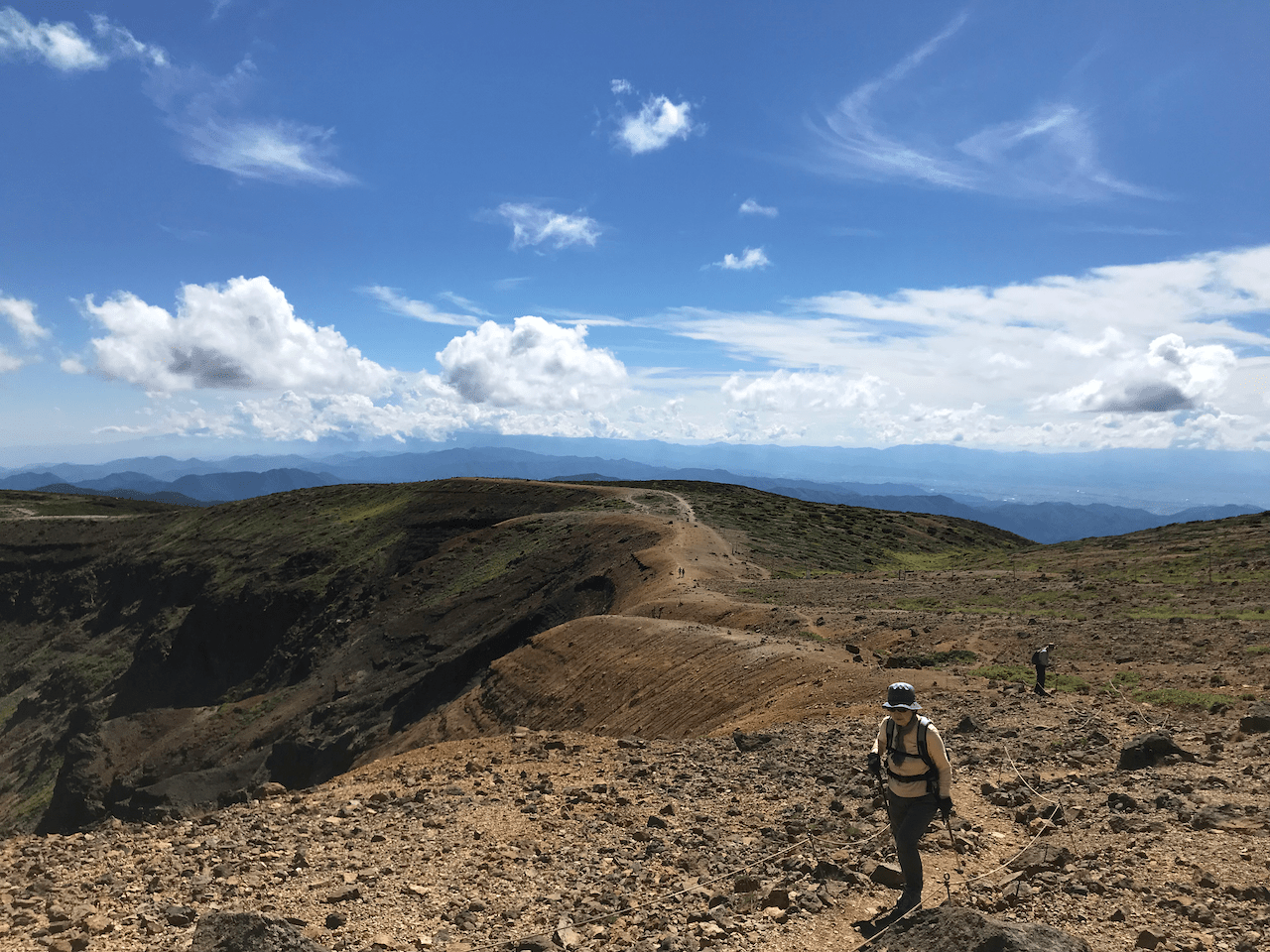 Moonlike landscape
Moonlike landscape

We planned to hike back to the middle station of the ropeway, following a scenic path that would allow us amazing views of Mount Kattadake and the valley. However, the whole path was totally grown in by the surrounding bushes and trees, so that we sometimes had to fight our way through the chest-high plants.
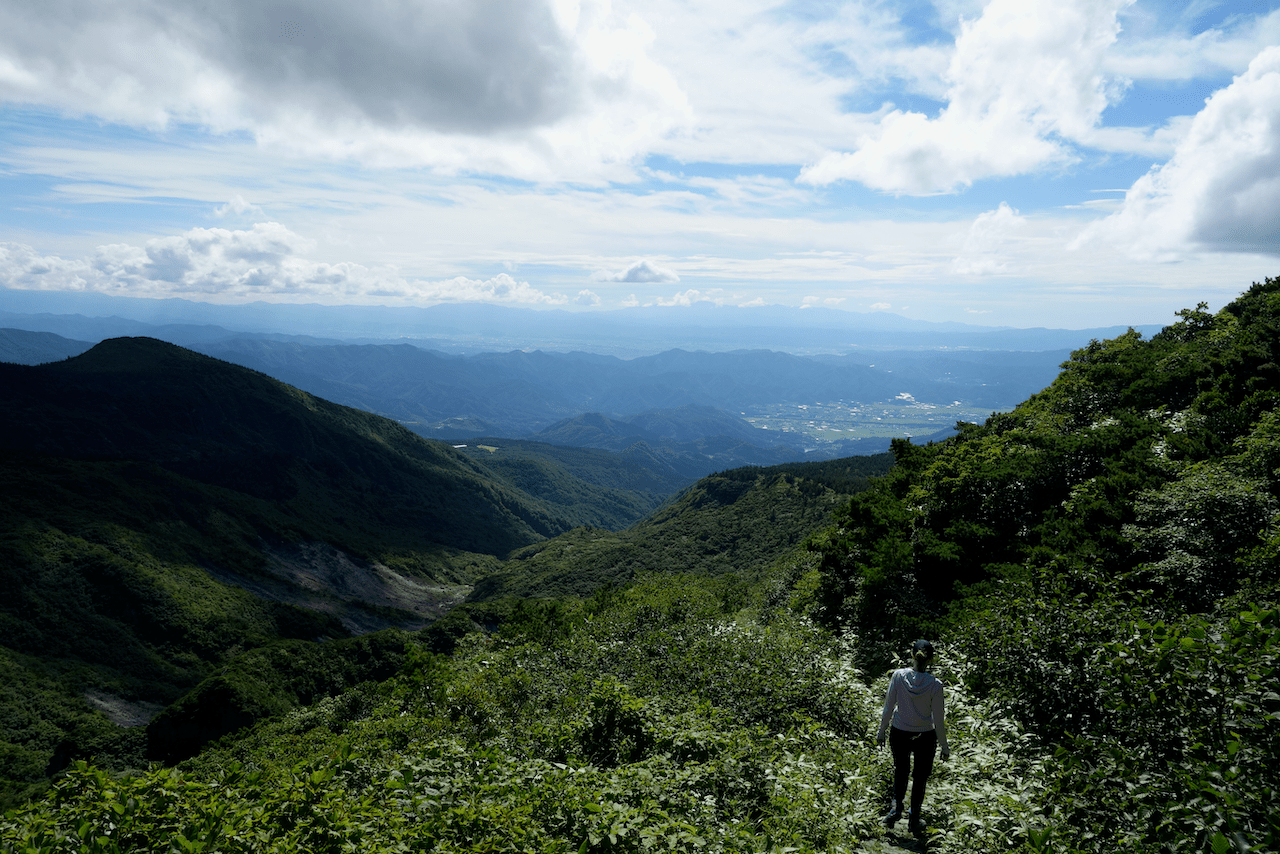 Entering the green jungle
Entering the green jungle
 Summit of Mount Kattadake
Summit of Mount Kattadake
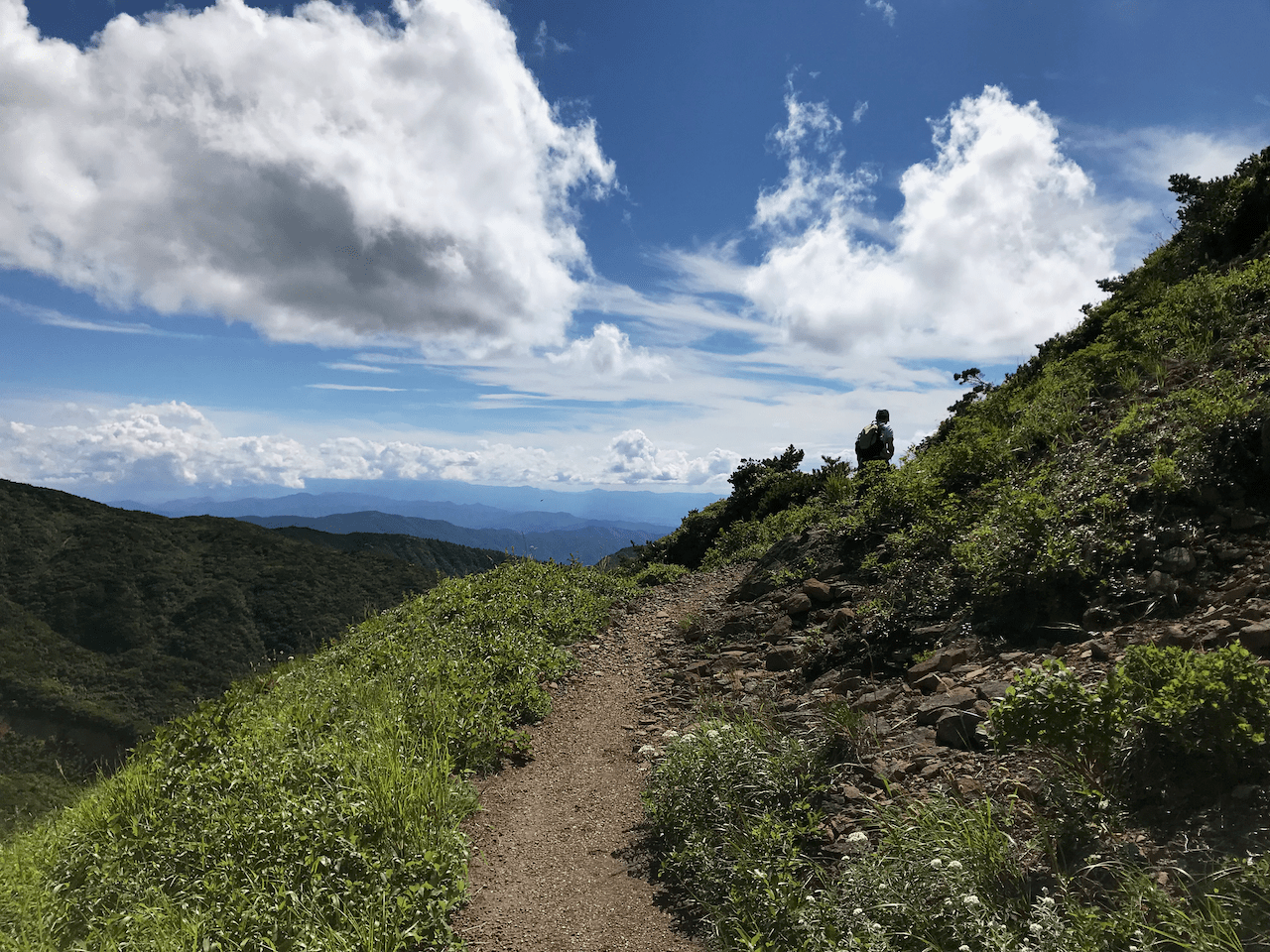
I didn’t like the trail so much as the poor visibility can be really dangerous: you never know if there are snakes in the high grass or other animals you might disturb. Also, I got tons of scratches on my legs.
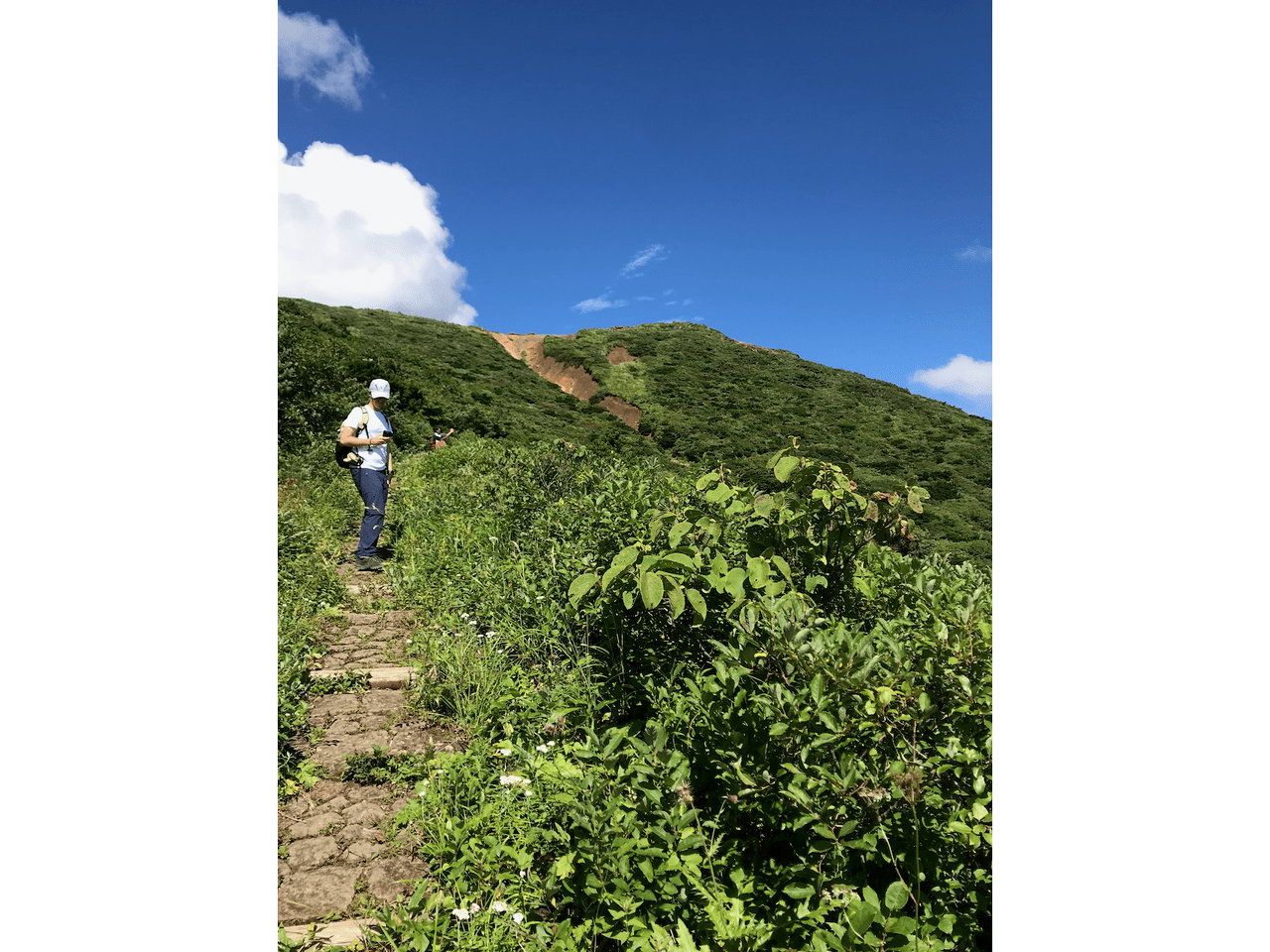
 This is how the trail looked like for the most part
This is how the trail looked like for the most part
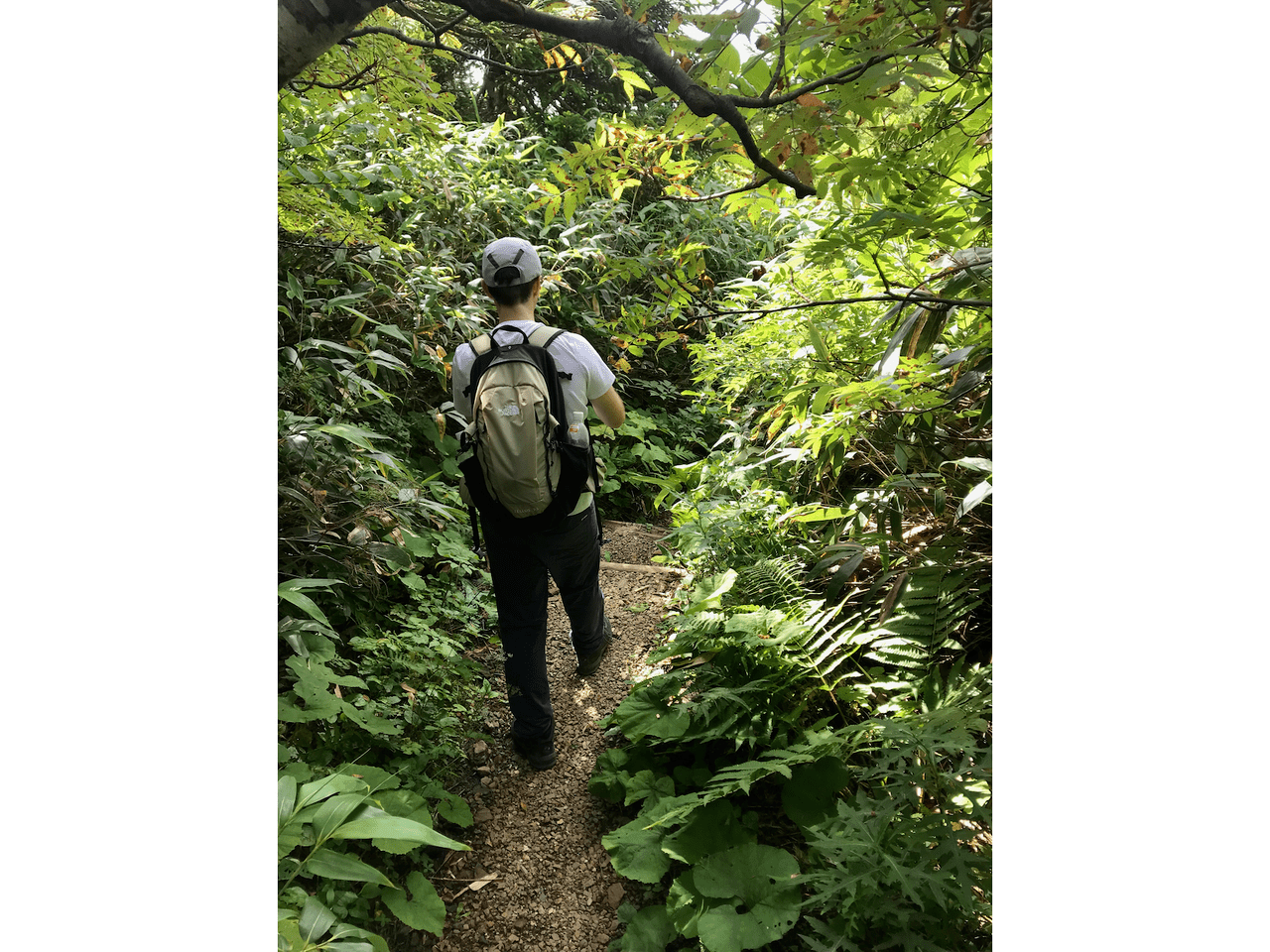
There were many butterflies sitting in the bushes and flying around, which distracted me for a while and looked really pretty. However, I was really glad when we finally reached the marshlands, a good indication that the gondola station was close.
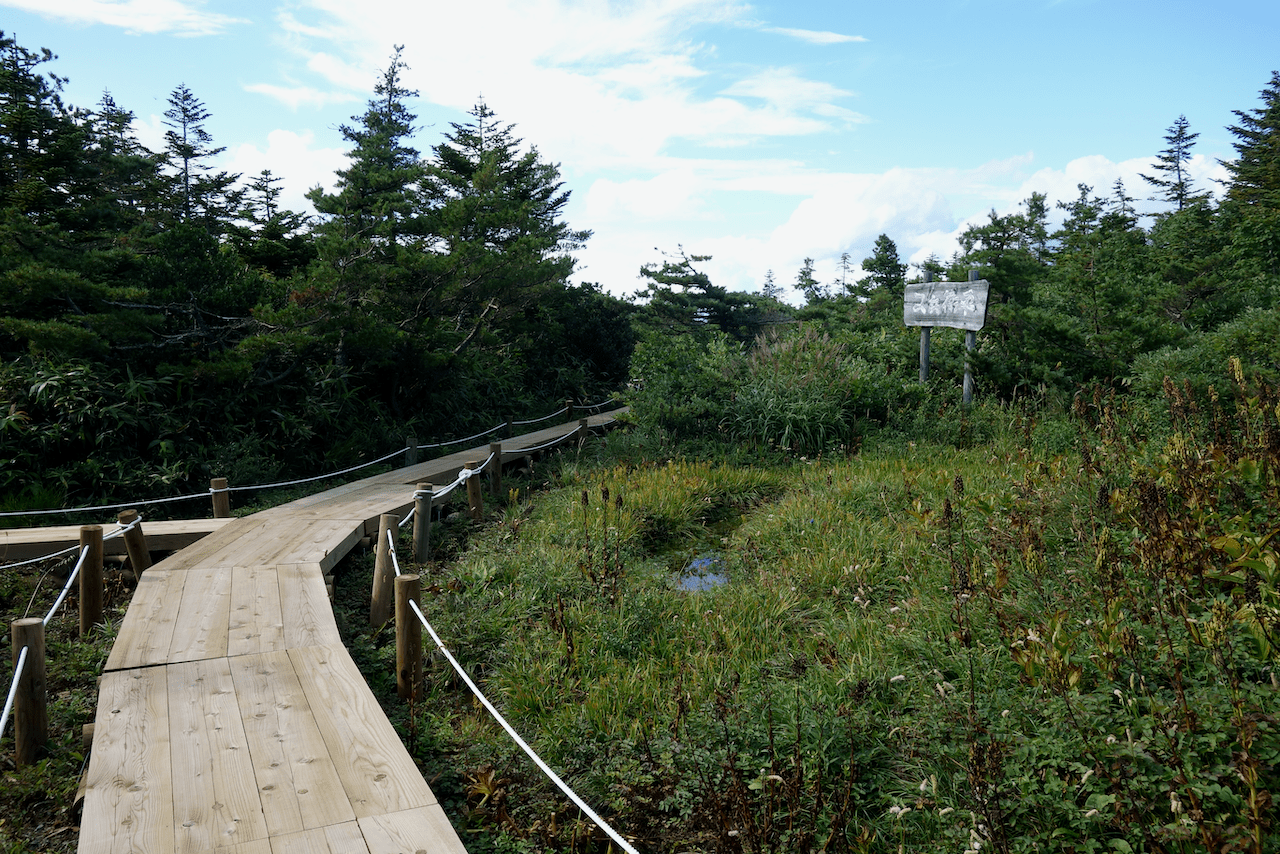
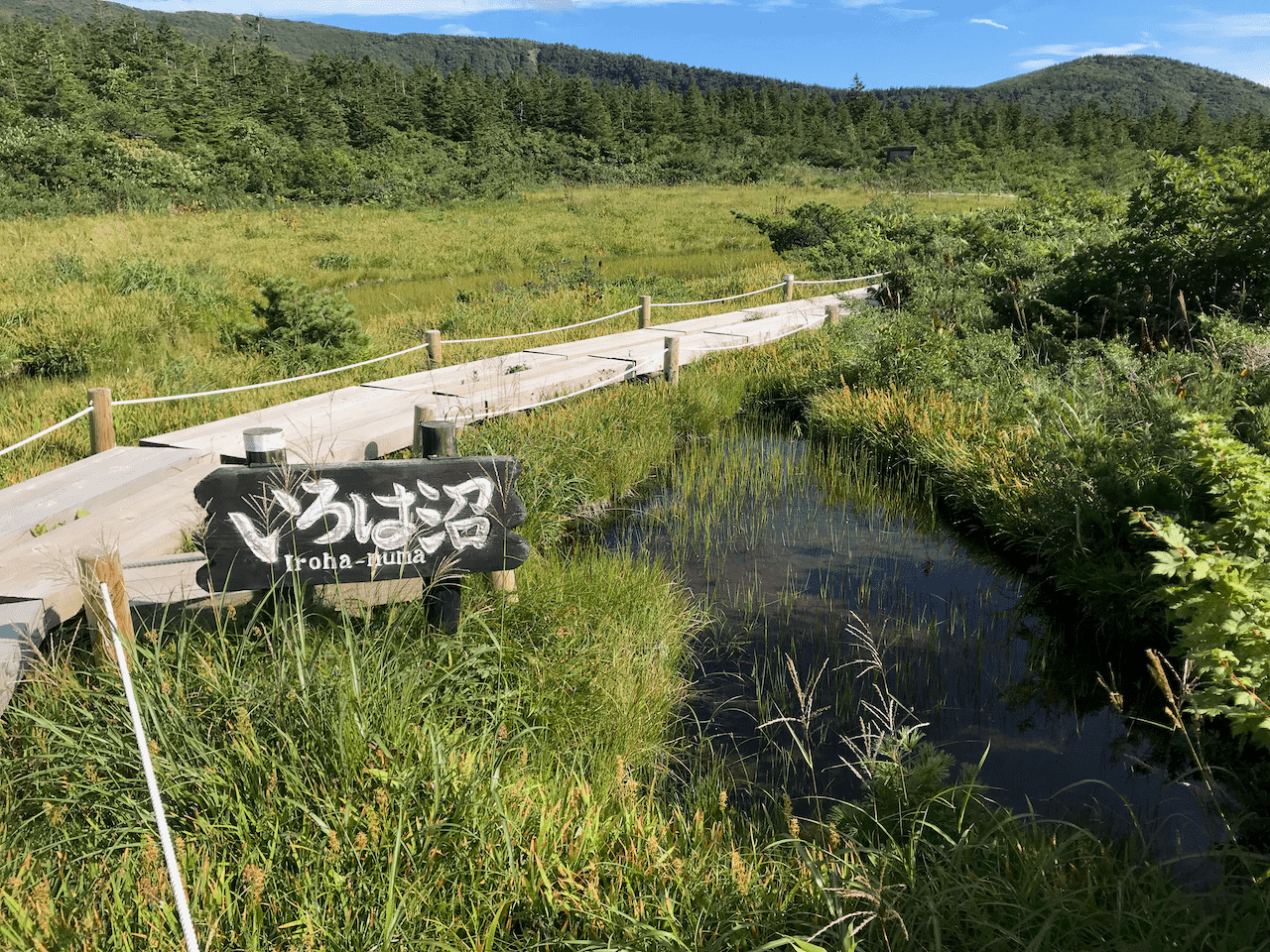
After the hike, we visited a very famous bath in Zao Onsen, the Dai Rotenburo. This is an open air bath built alongside the hot mountain stream and an open construction surrounded by Zao’s nature. The hot spring water consists of the highly acidic sulfur variety. There are not restrooms or showers available, you have to use the hot onsen water to wash yourself before you enter the bath. As pictures are strictly prohibited, I couldn’t take any for this blog, but you can get a look here.
 The only picture I could take: the way to the entrance of the bathhouse
The only picture I could take: the way to the entrance of the bathhouse
Bathing in the hot water, only surrounded by nature was a very special feeling and I can only recommend you to visit this bath when you are in this area.
A temple high in the mountains: Yamadera
Yamadera is a beautiful temple that is located in the mountains northeast of Yamagata City. The temple is high up a steep mountainside that you can only reach if you climb 1000 stairs. And no, I didn’t know that before, so imagine my surprise when we arrived there…The temple itself is really old: it was founded over 1000 years ago!
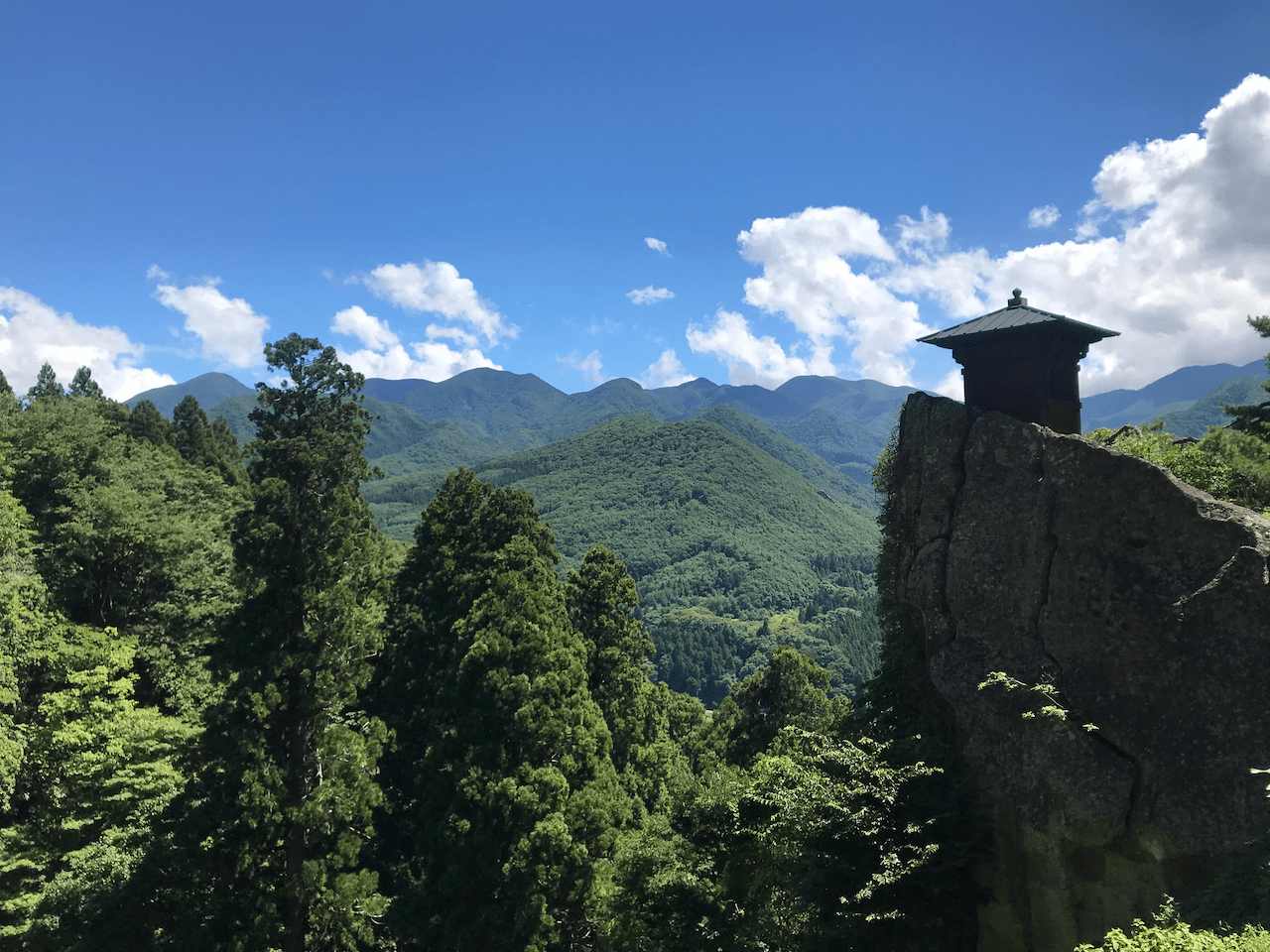 Getting this view was worth the pain of climbing 1000 stairs
Getting this view was worth the pain of climbing 1000 stairs
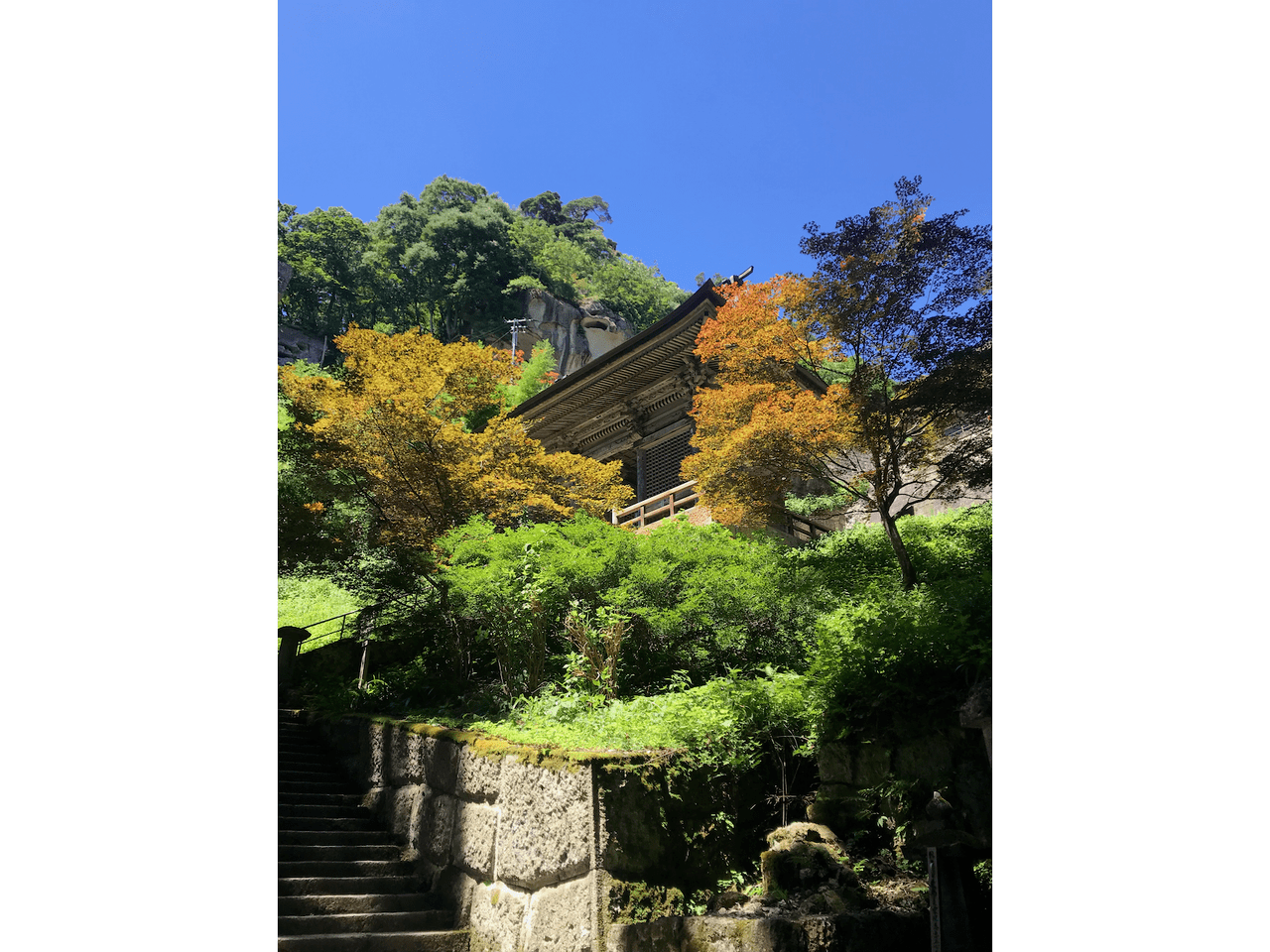
At the entrance of the temple grounds, you have to pay a small fee, before entering the stairway that will lead you high up to the temple buildings. The stairs take you through a deep forest which is full of enormously high trees and very beautiful.
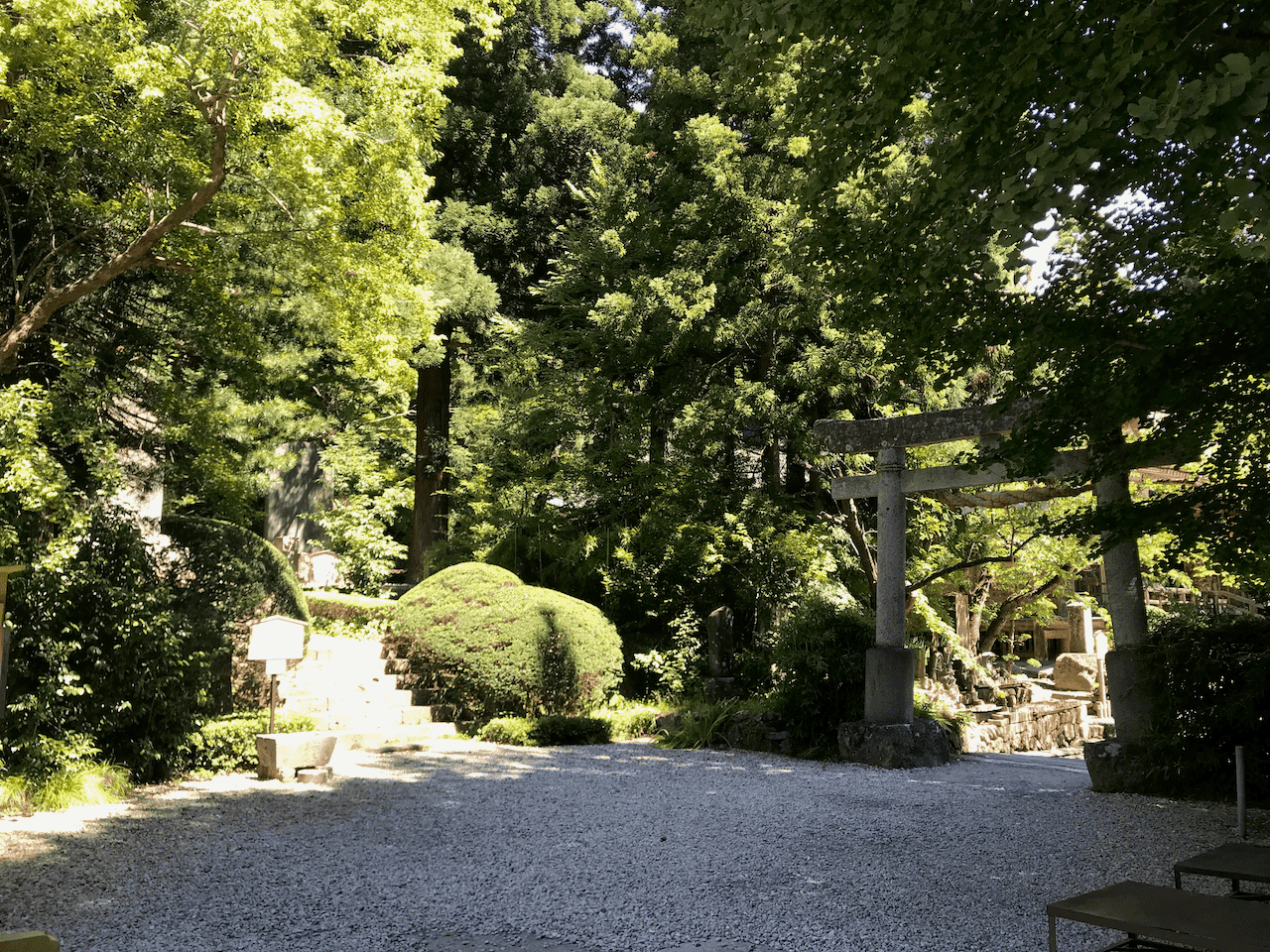 Let’s go
Let’s go
 Stone stairway in the forest
Stone stairway in the forest
There are many places where you can take a short rest, climbing 1000 stairs can be really exhausting, especially when it’s a hot day.
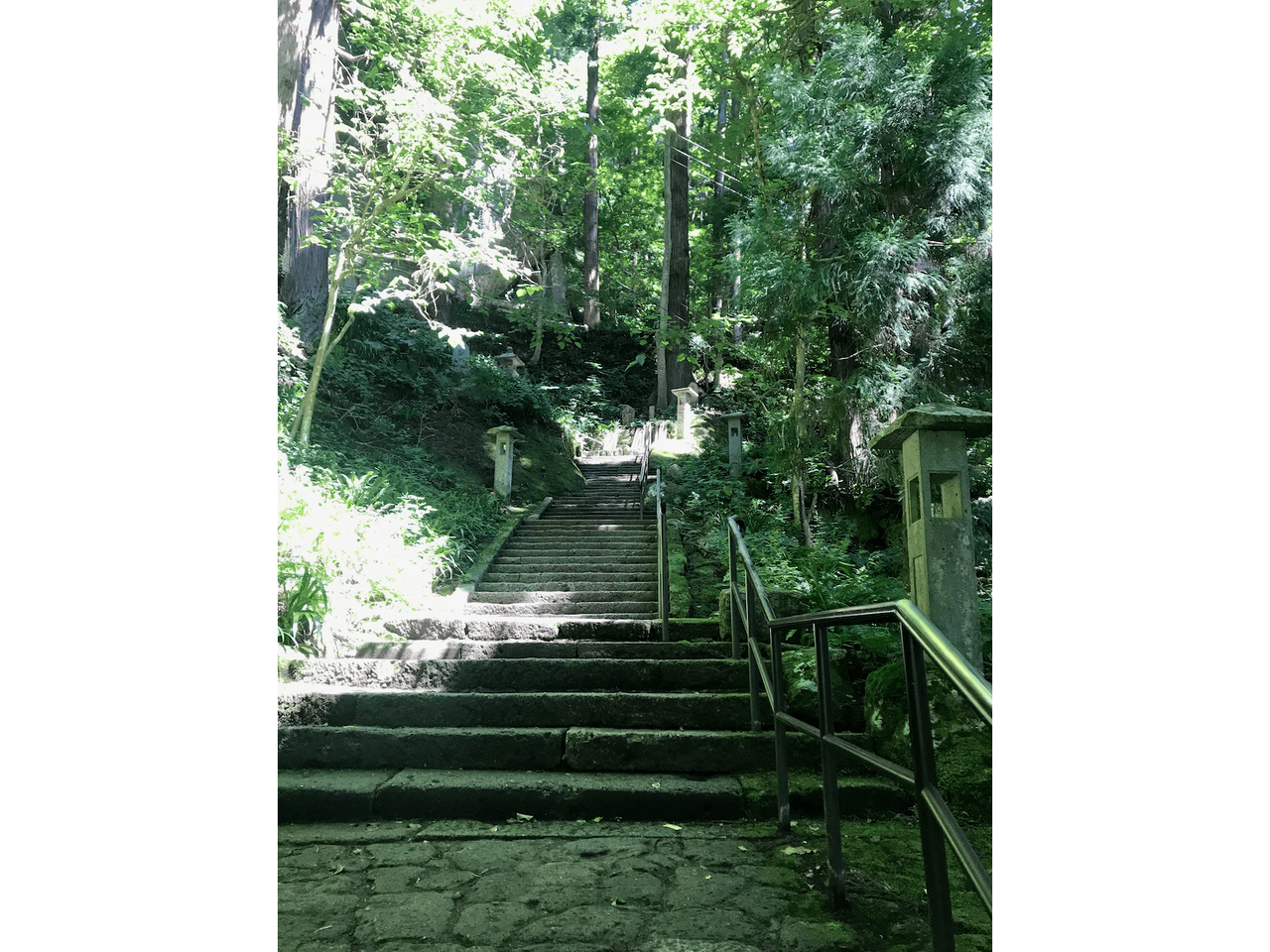
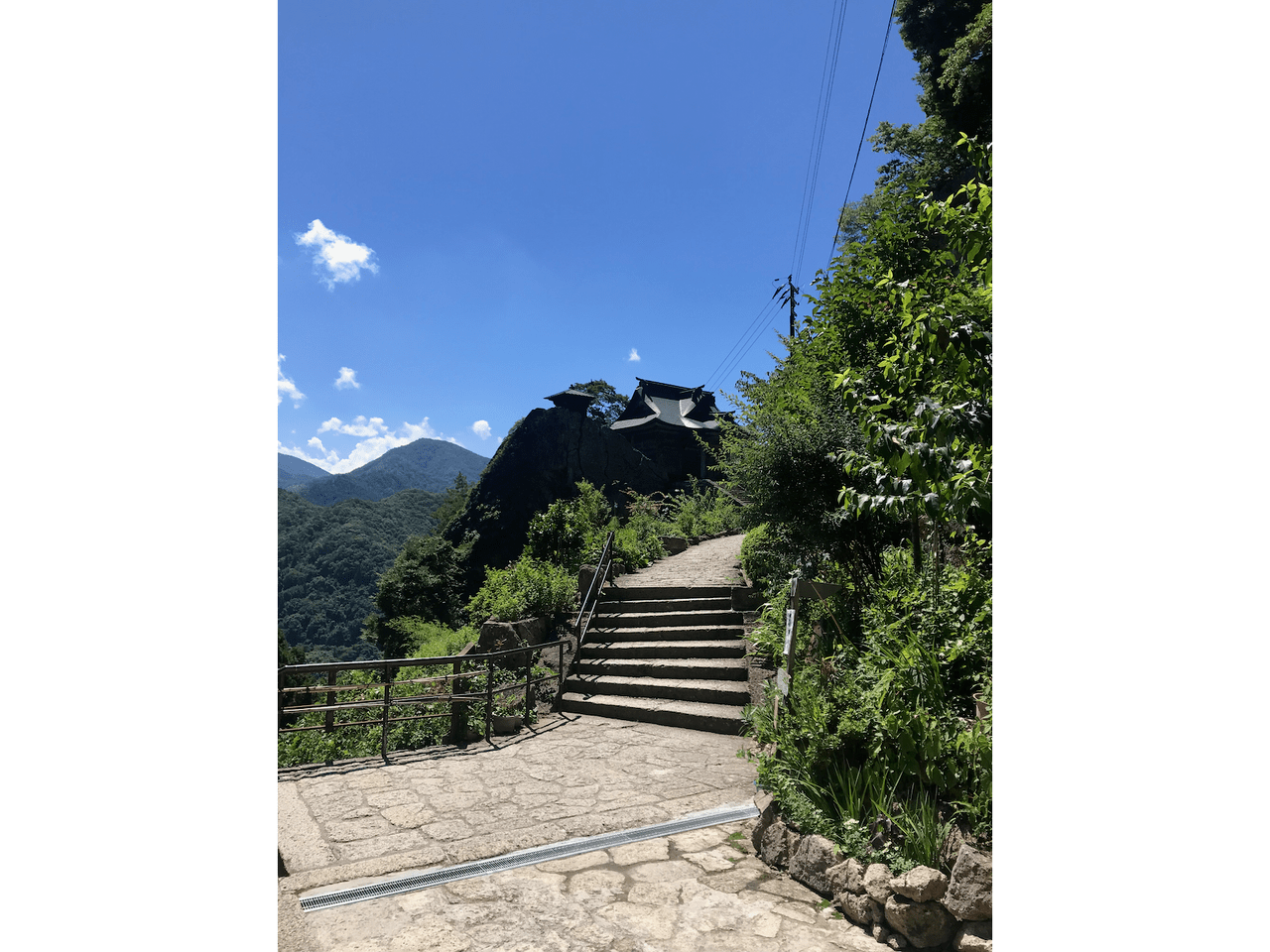 The stairs didn’t stop
The stairs didn’t stop
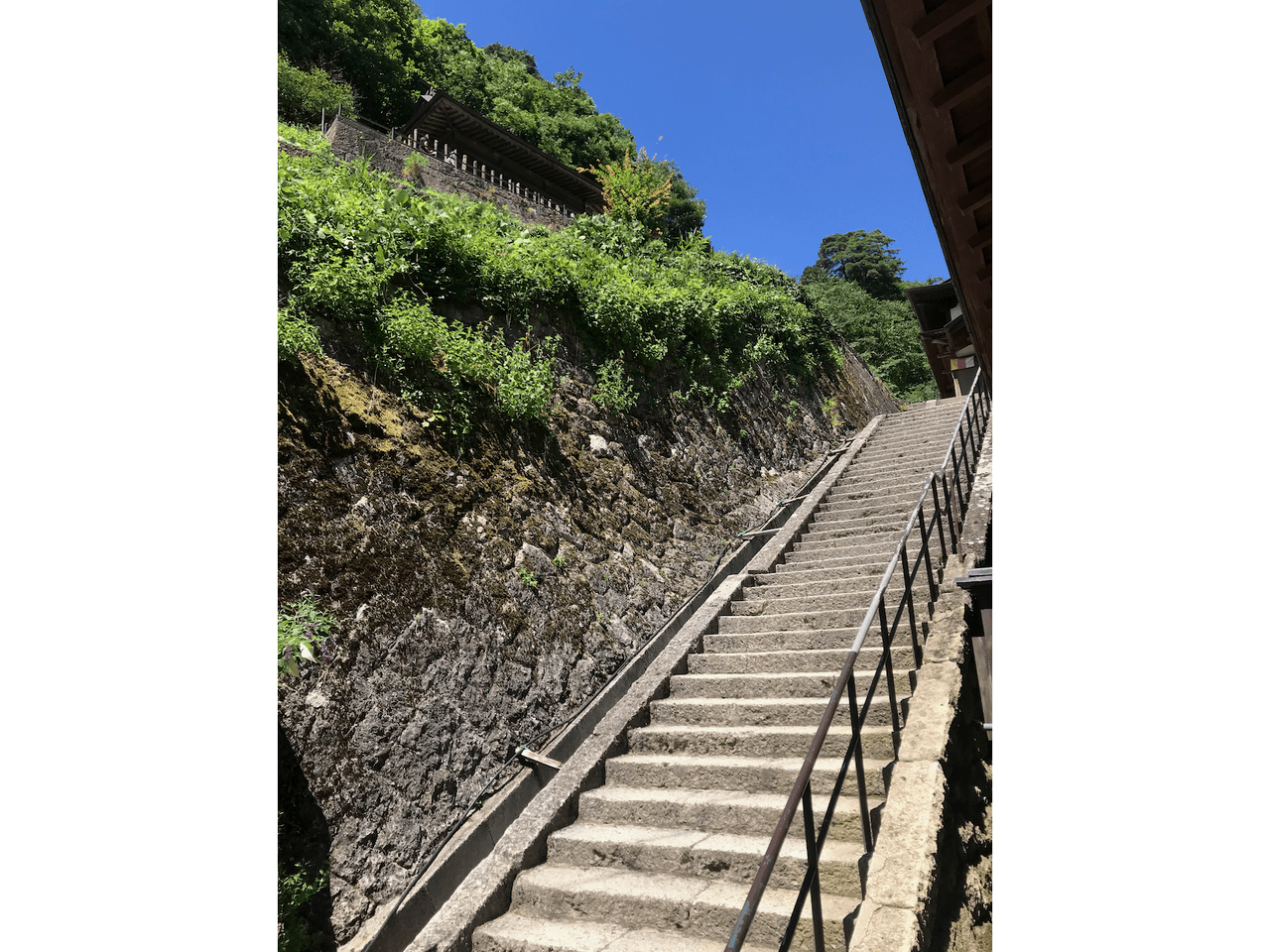
There are many temple buildings you can discover, once you managed to climb the whole way but the most impressive building is the Godaido Hall, the observation deck that offers the best views onto the valley. The building dates back to the early 1700s and extends out over the cliff.
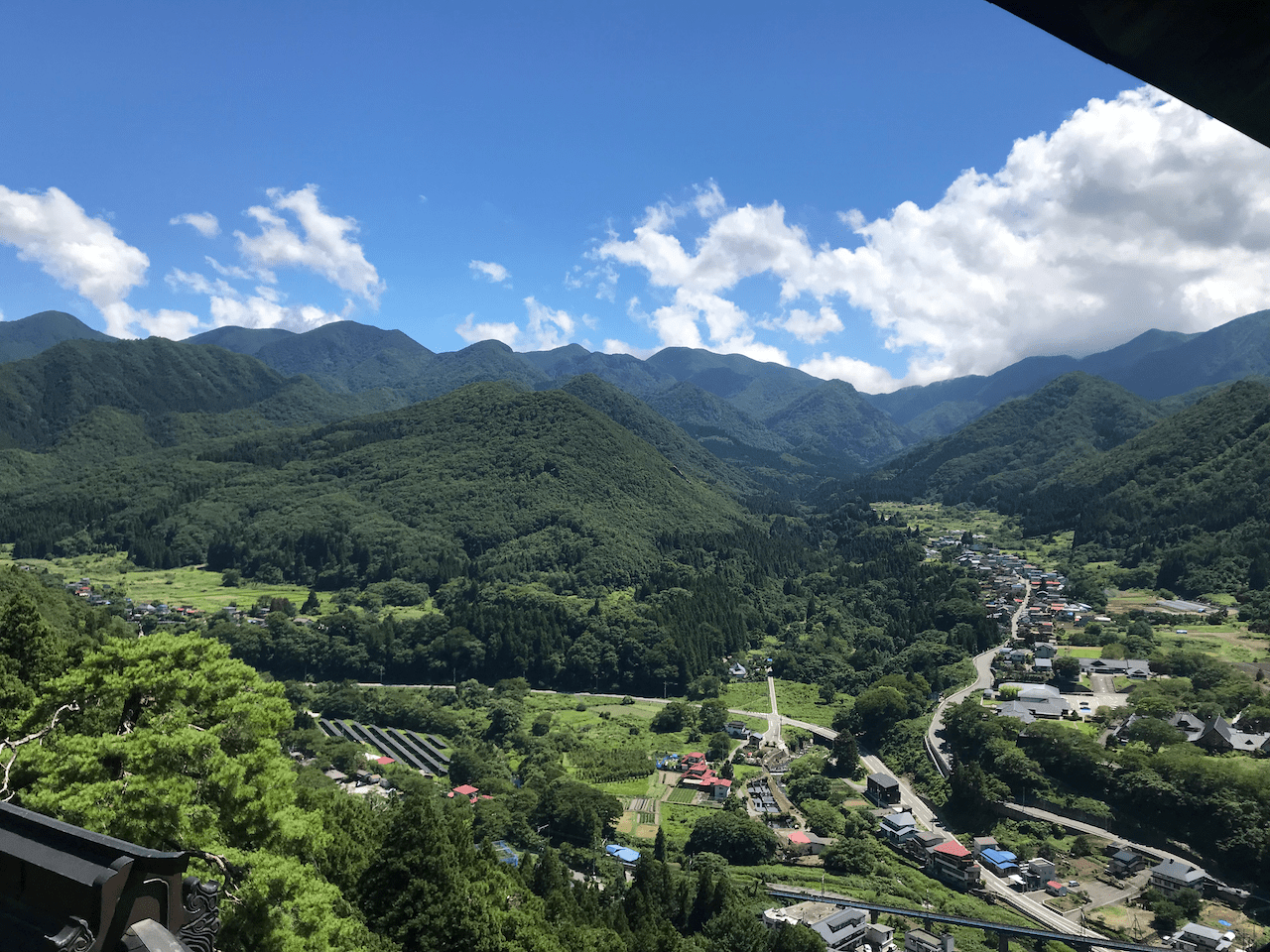
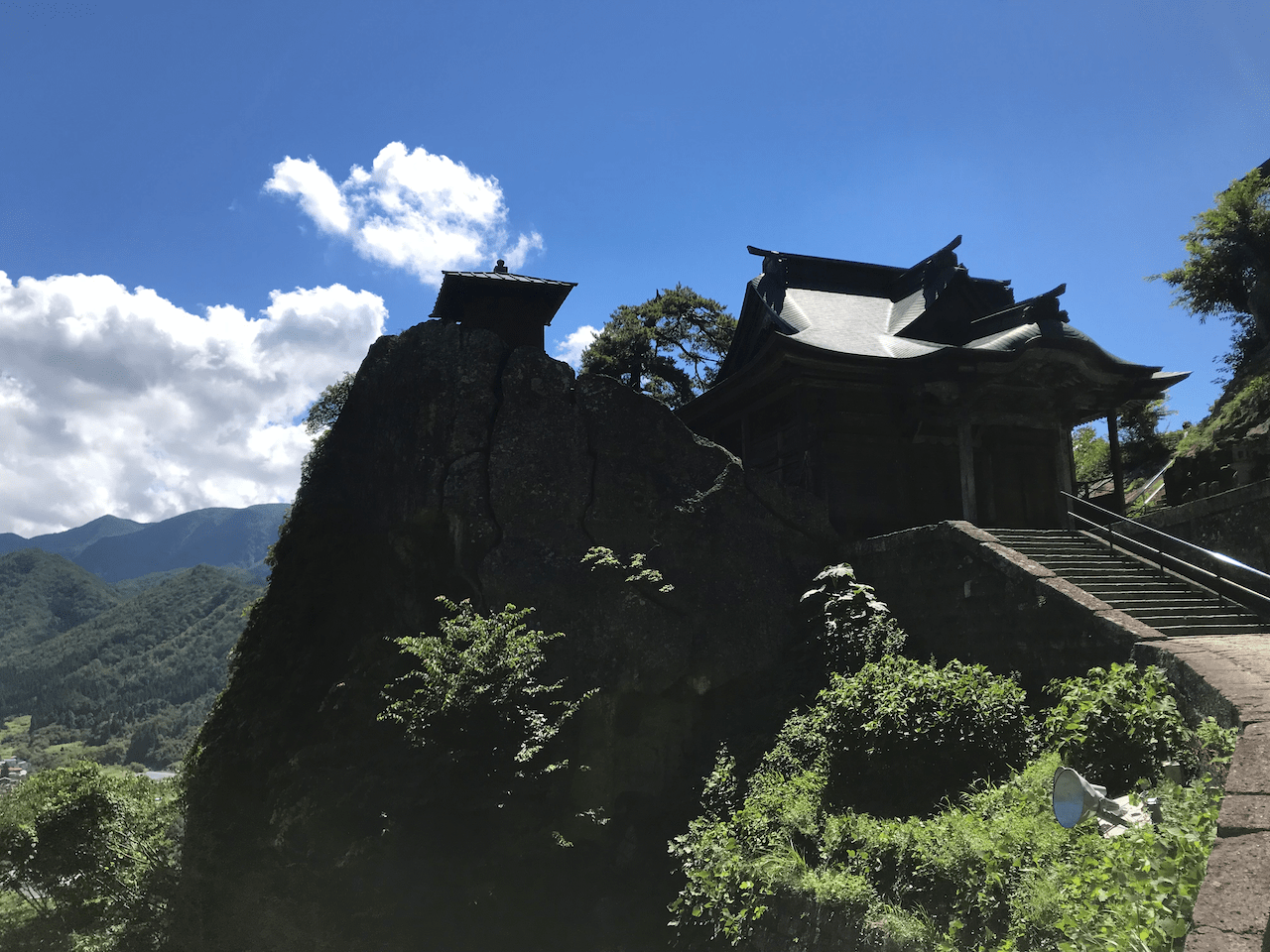
We stayed there for quite some time to recover and enjoy the cool breeze.
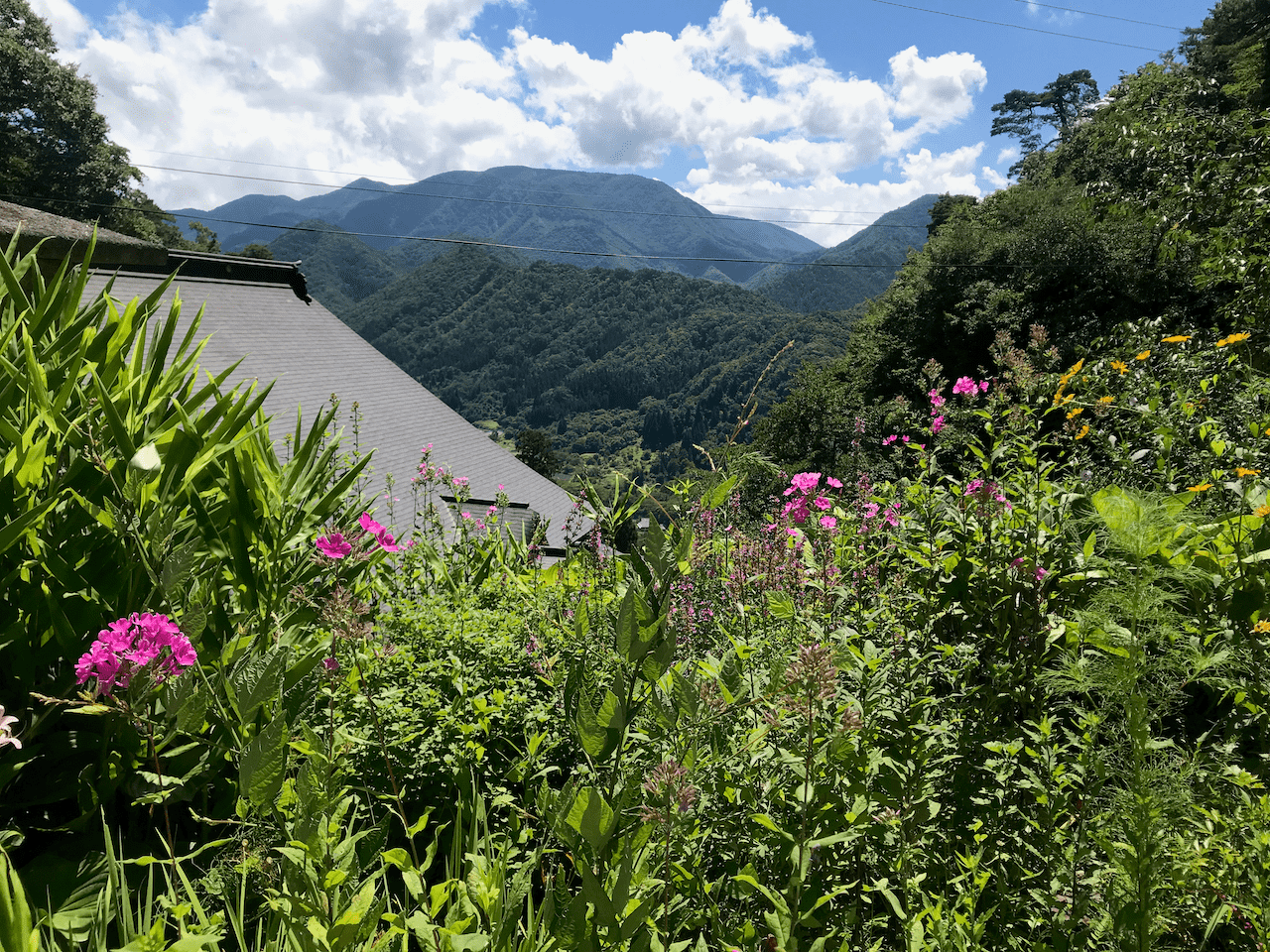
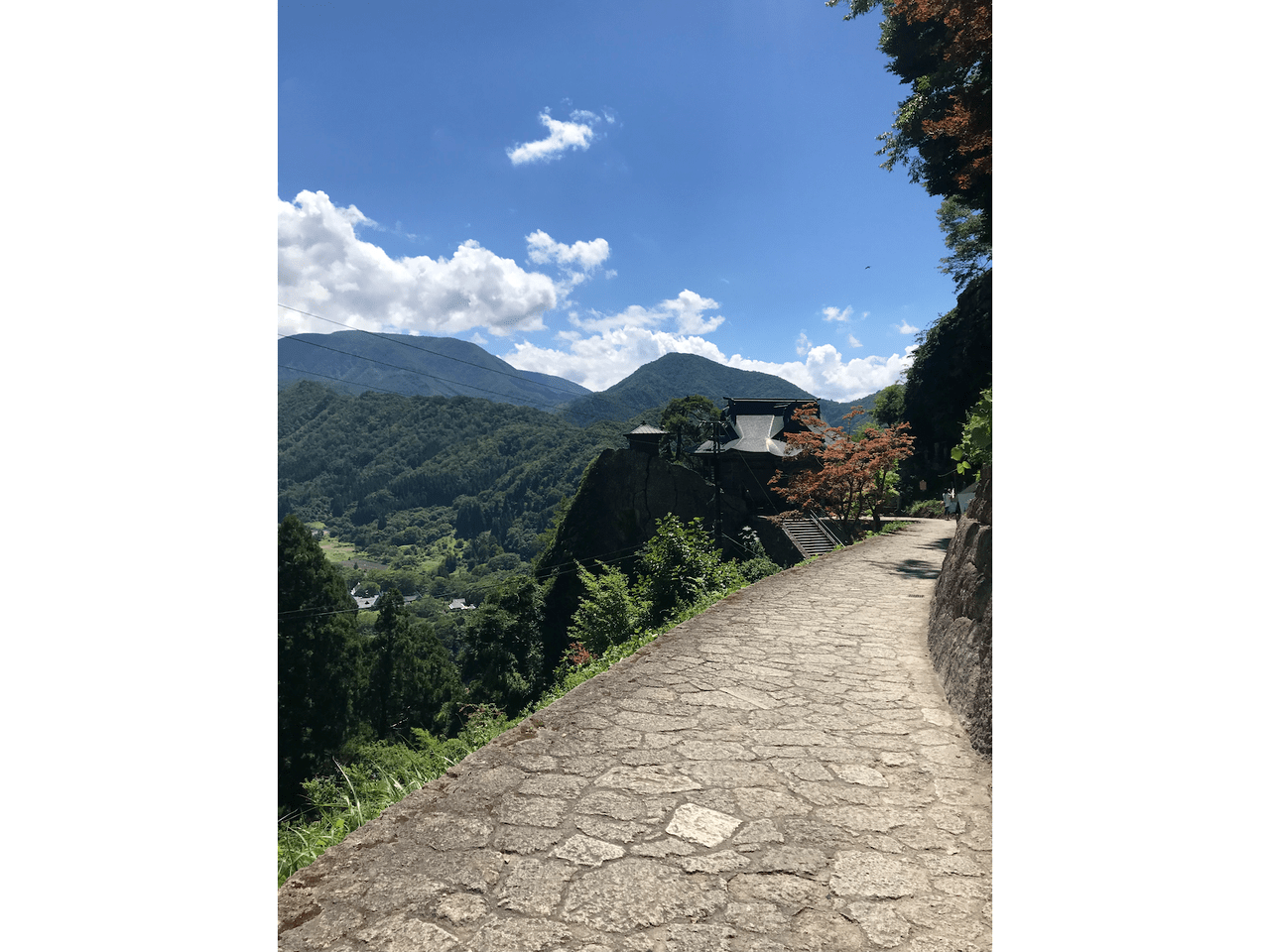
On that day, there were quite a lot of people visiting the area, so we tried to stay not too long there. Also it was our last day, so we had a long drive ahead of us. We also decided to stay one night in Niigata City as the whole drive back home would have been too long.
We made a stop at Mount Bandai, Bandai Asahi National Park in Fukushima Prefecture.
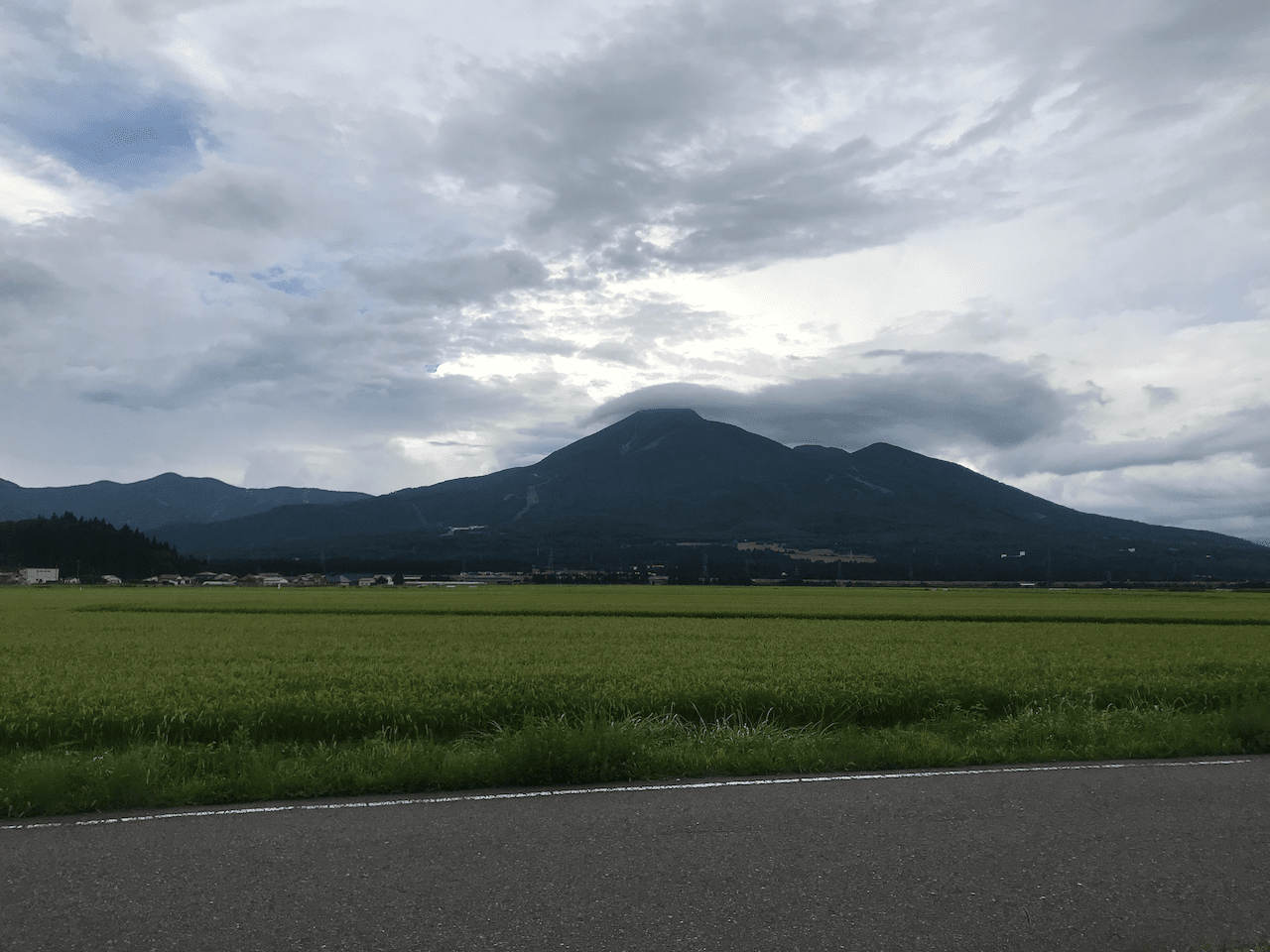
This volcano is the iconic mountain of the prefecture and can even be seen from the capital, Fukushima city. It offers lots of hiking trails and in the winter, you can enjoy skiing. We had some to go coffee at the lake Inawashiro, a popular vacation place.
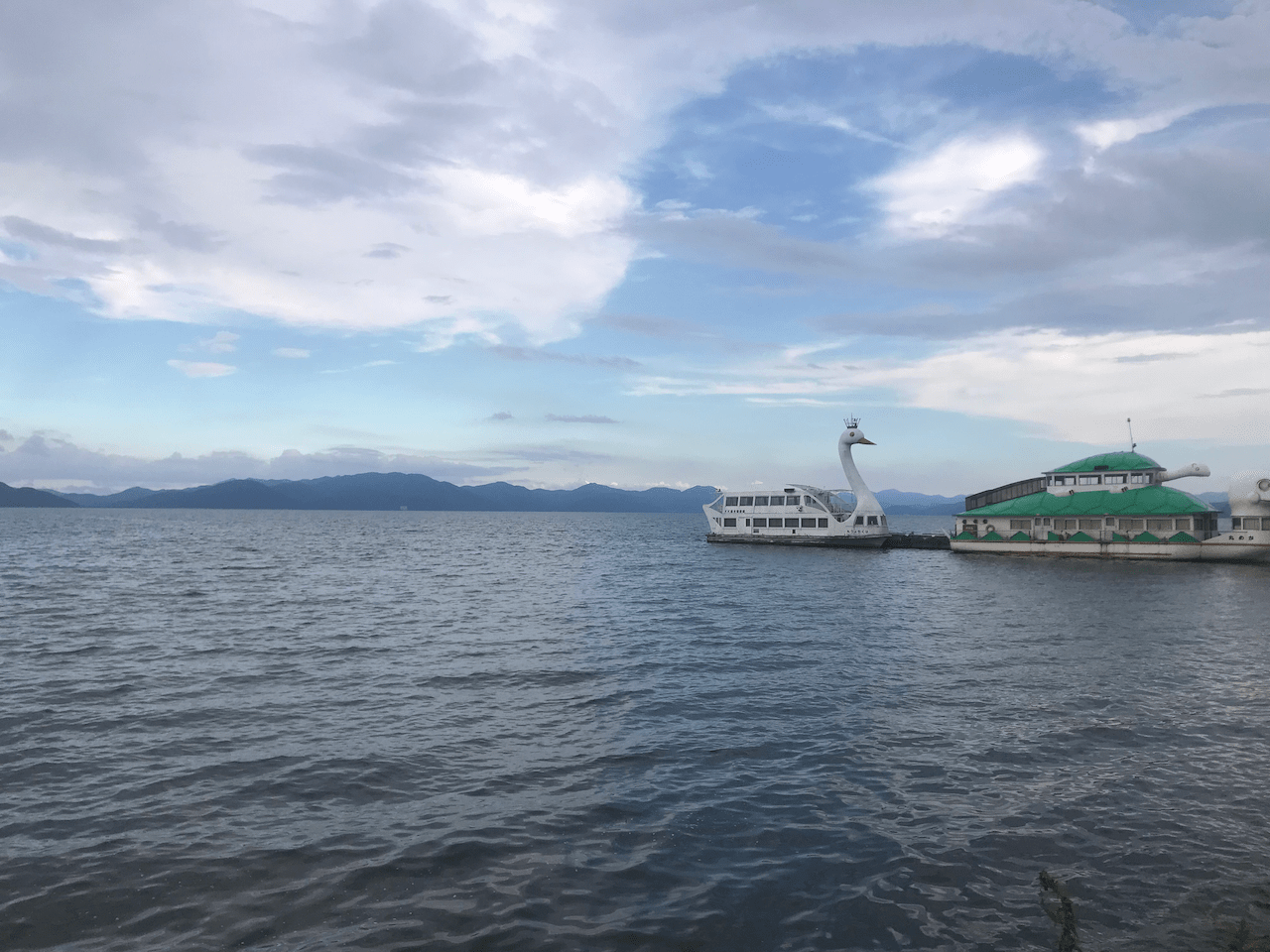
The lake is called “Heavenly Mirror Lake” and is Japan’s forth largest freshwater lake. The view was really pretty and the atmosphere very calm. We could get a good rest before driving the last part of the trip to our hotel in Niigata.
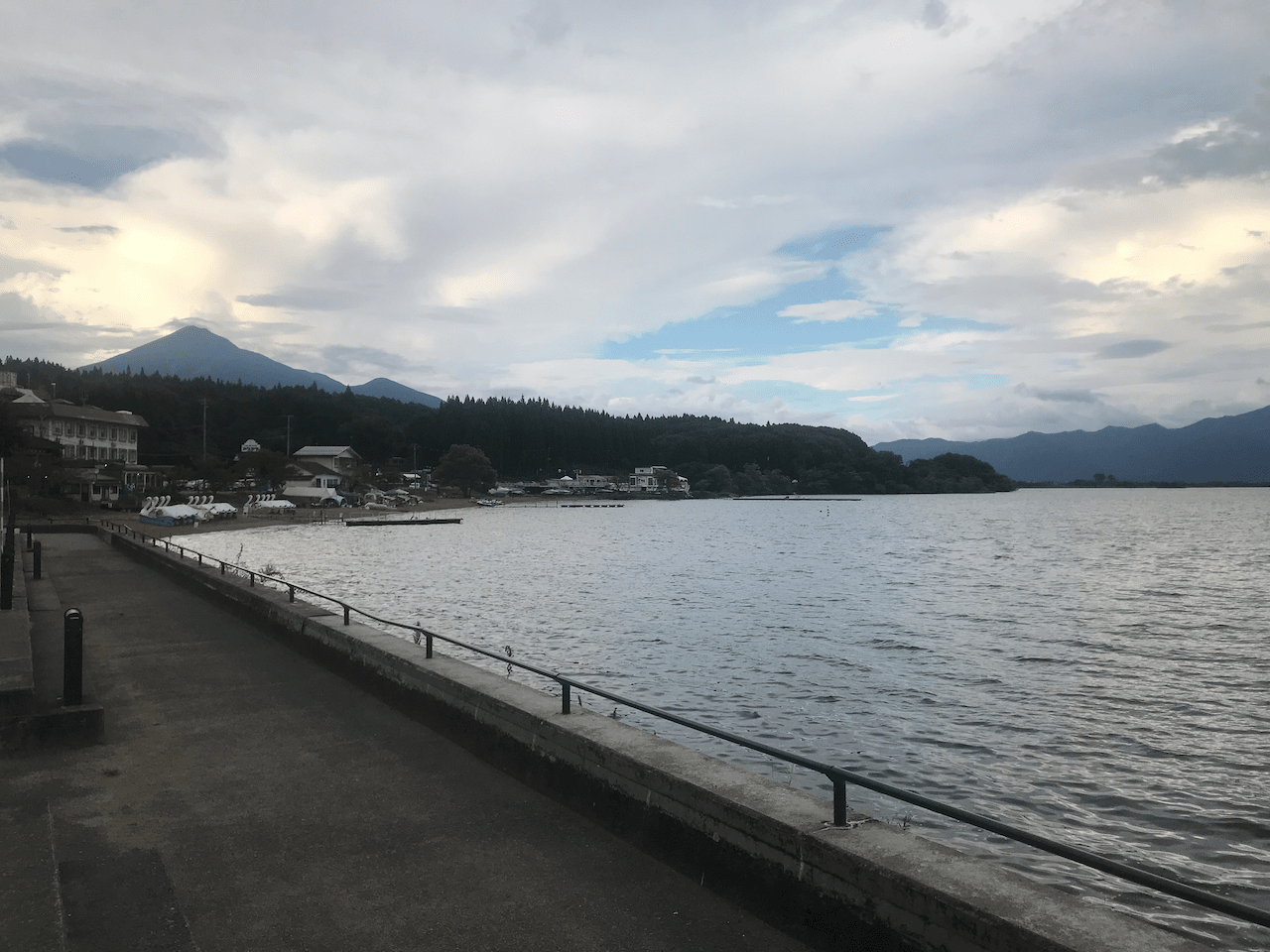
However, we didn’t feel so comfortable in the city and weren’t in the mood for exploring, therefore we left Niigata directly after an early breakfast and returned back to Kanazawa.

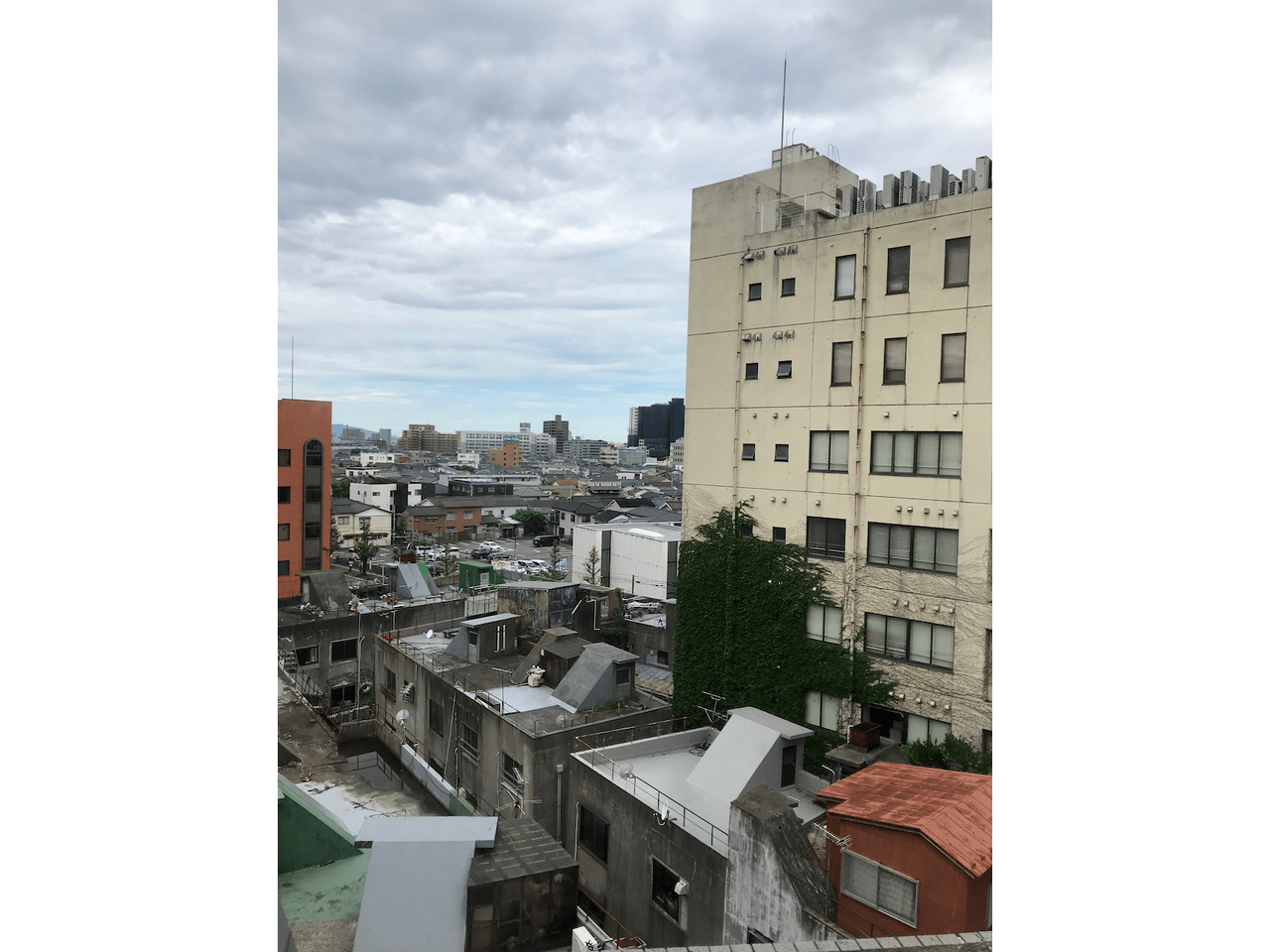 Depressing view from our hotel window
Depressing view from our hotel window
This road trip was really amazing and we were so happy that we could do it. We drove nearly 2000 km in those six days and saw many different areas and prefectures. I can only recommend to explore Japan like this, especially in times like these, as you are more flexible and it’s safer this way too (no crowded public trains, etc.). We fell in love with Tohoku and hopefully we can return one day!
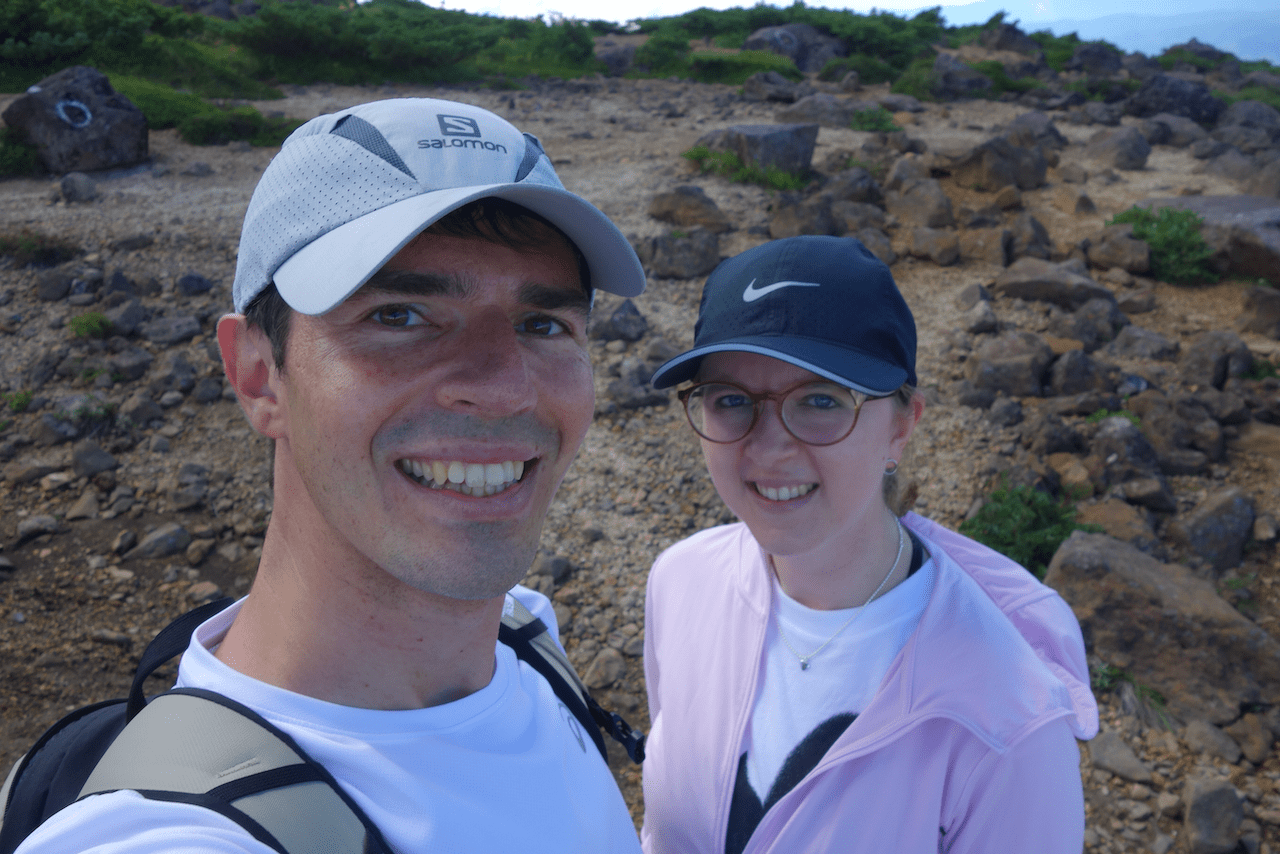
Up Next
September keeps us busy with moving preparations and lots of goodbyes. The final weeks in Japan have been extremely emotional for us so far and we try to use the remaining time as best as possible to enjoy Japan before we have to leave the country. Read more about it next time! Until then, stay tuned, follow us on Instagram and stay healthy and safe.
